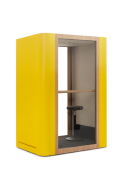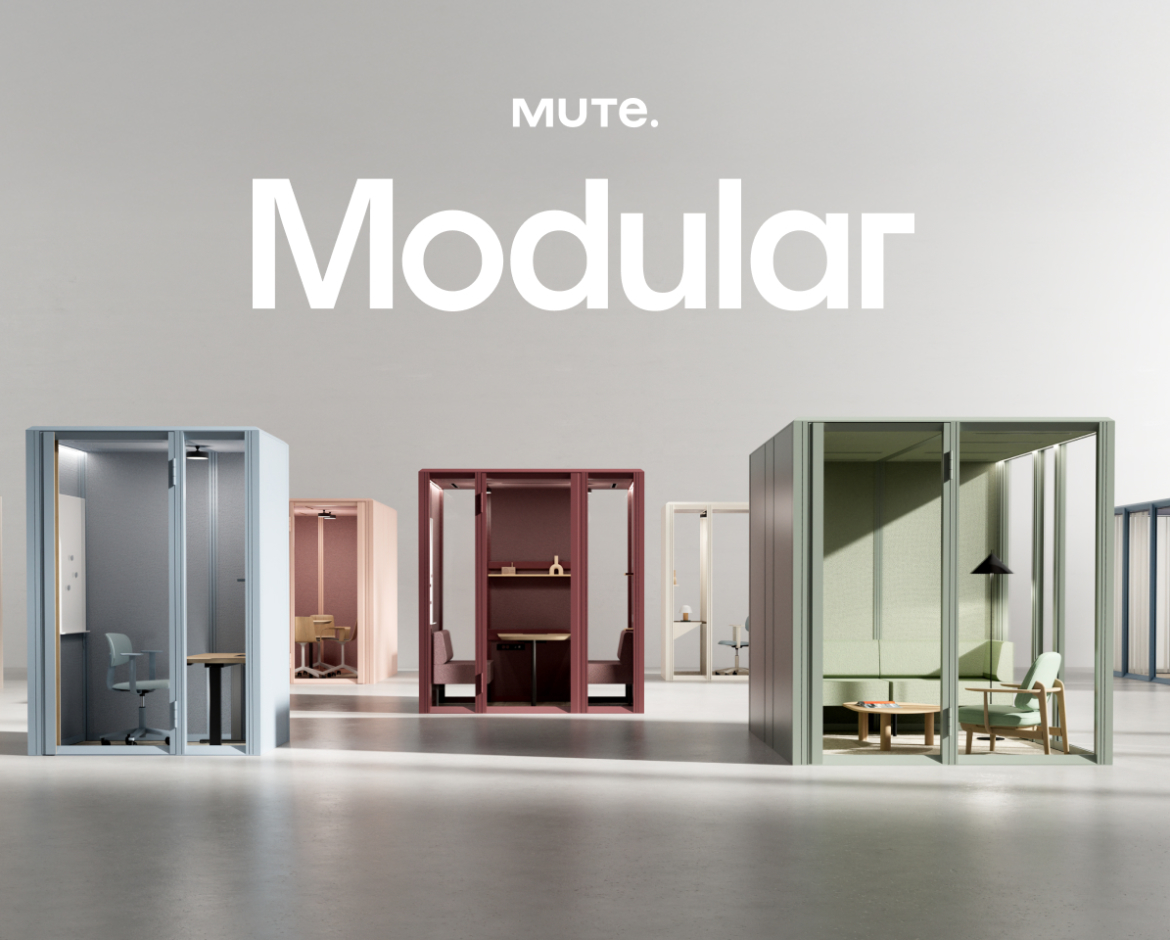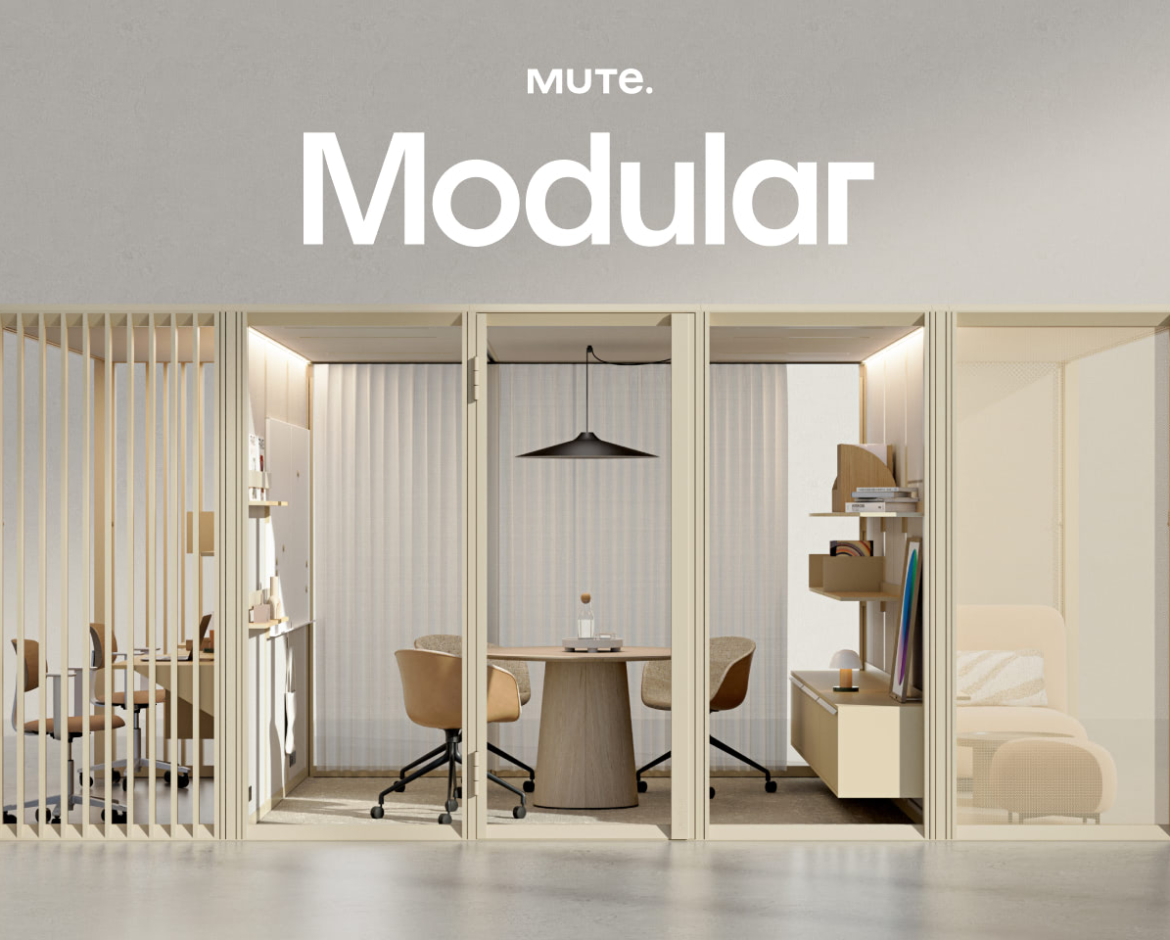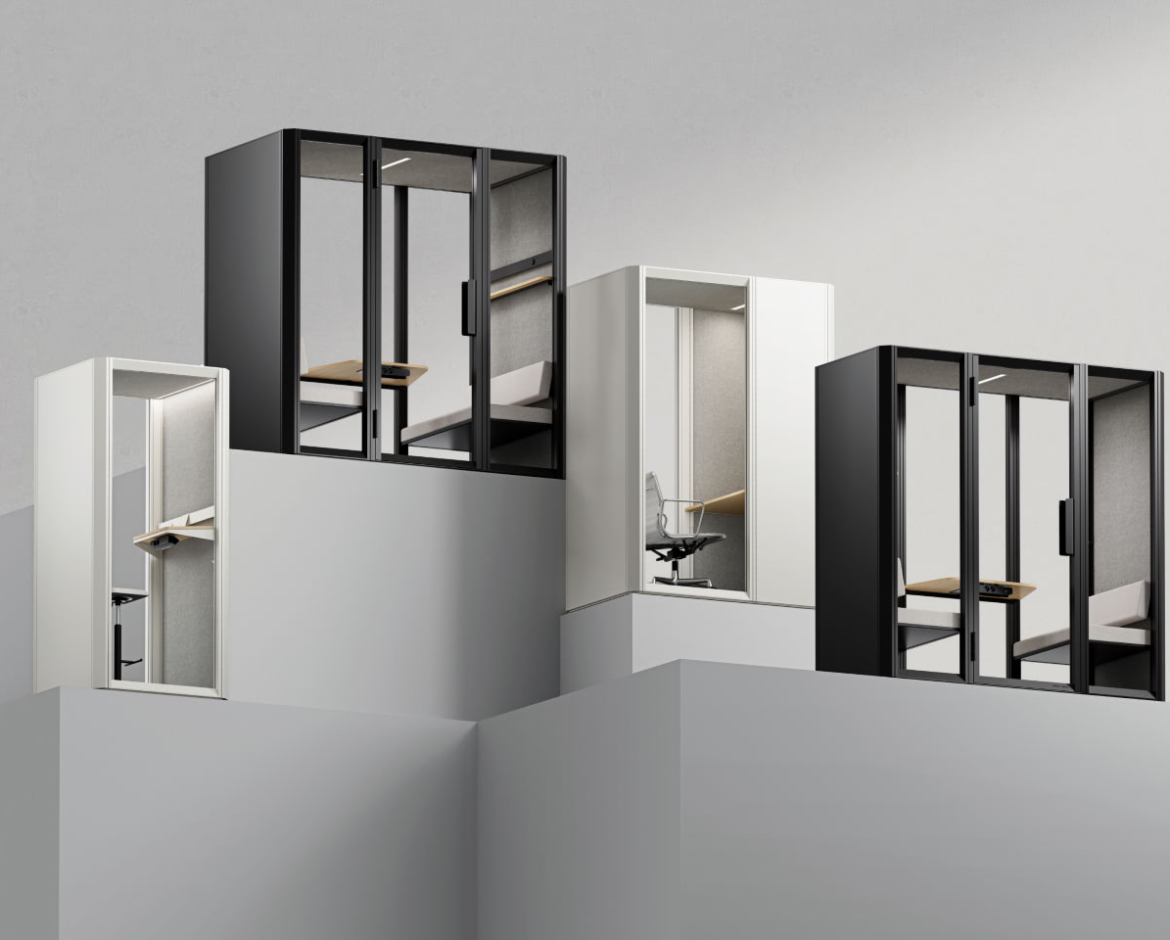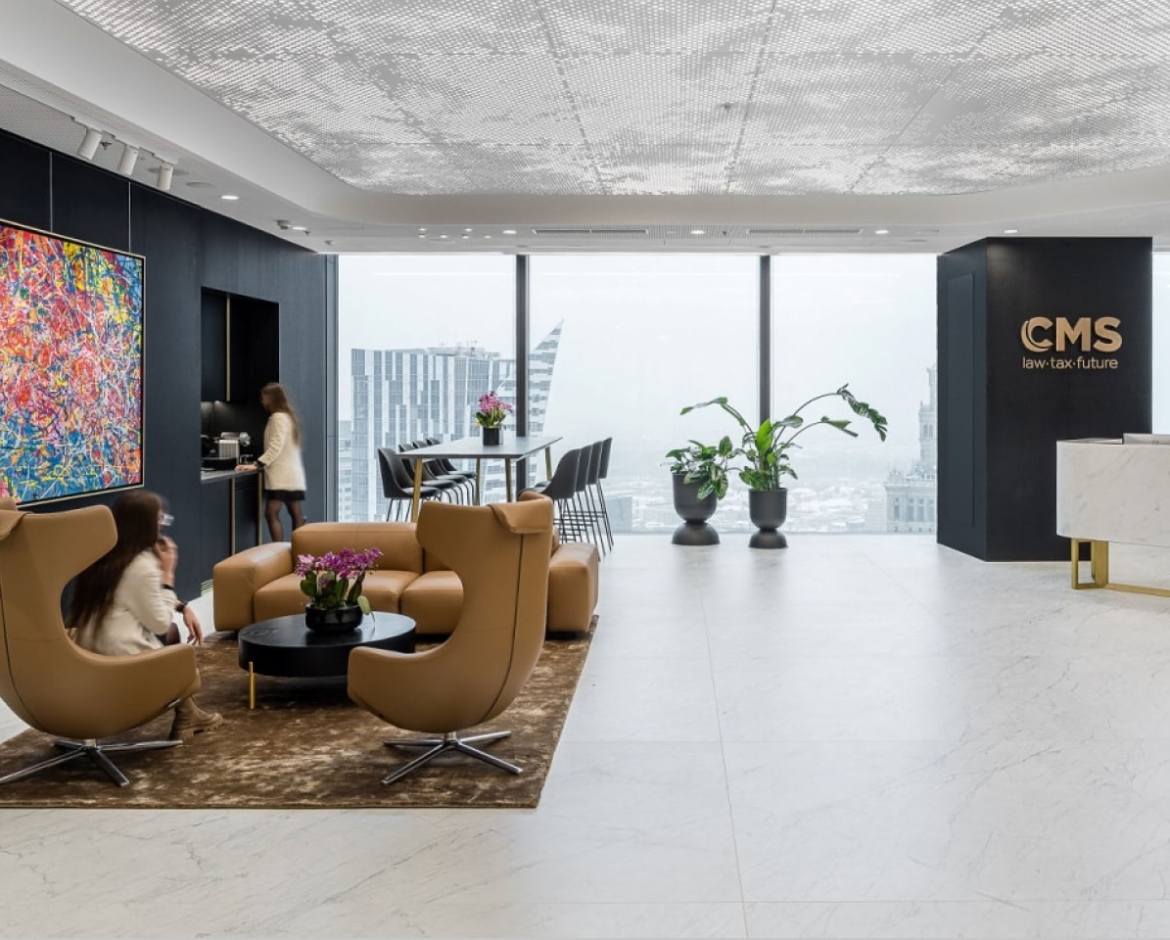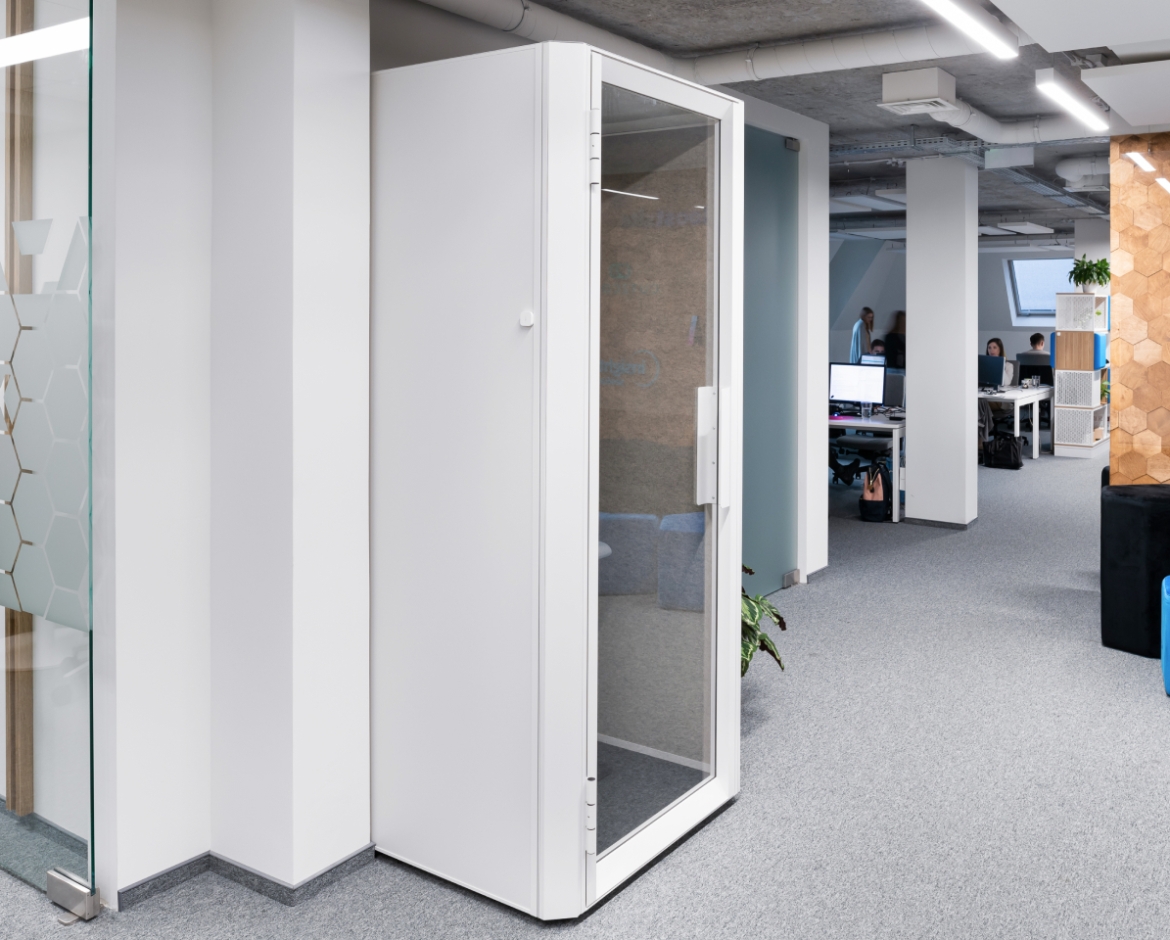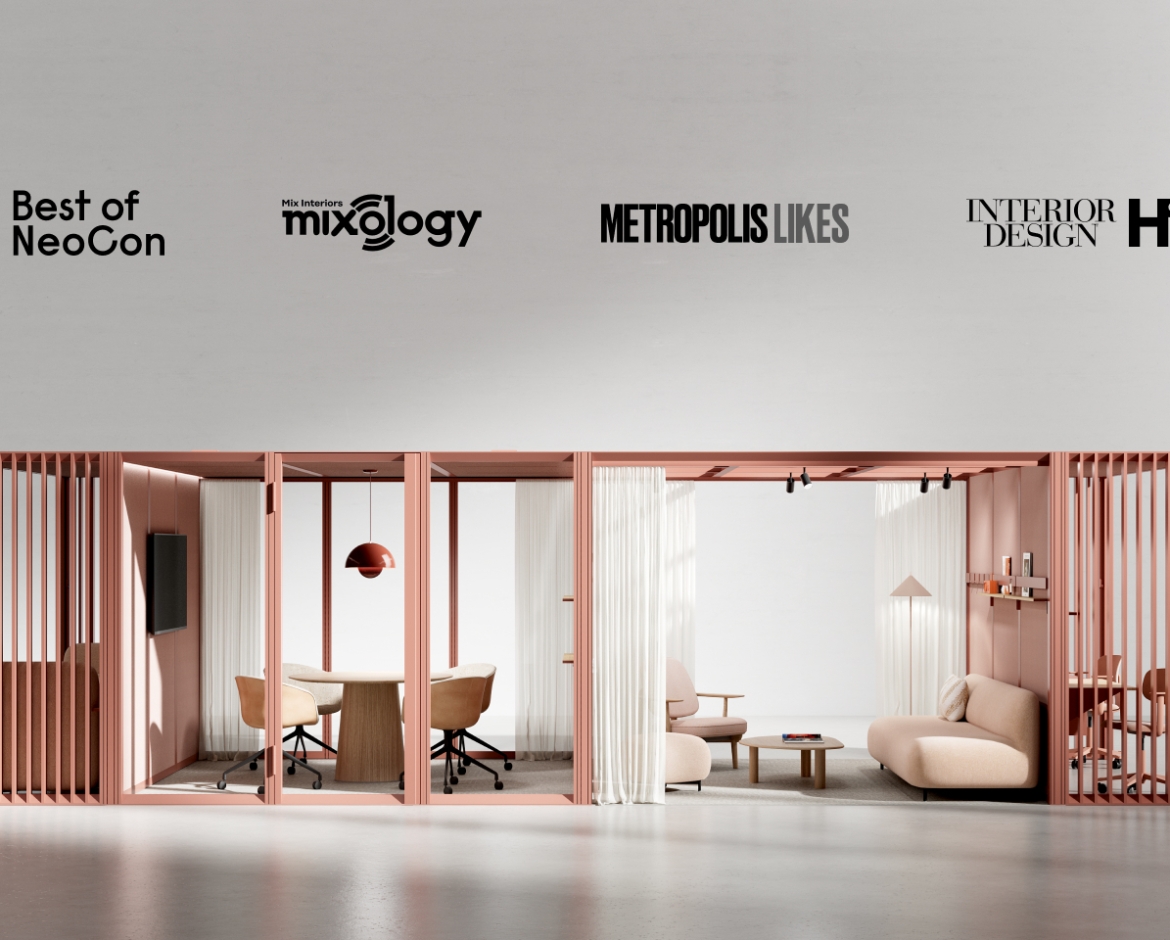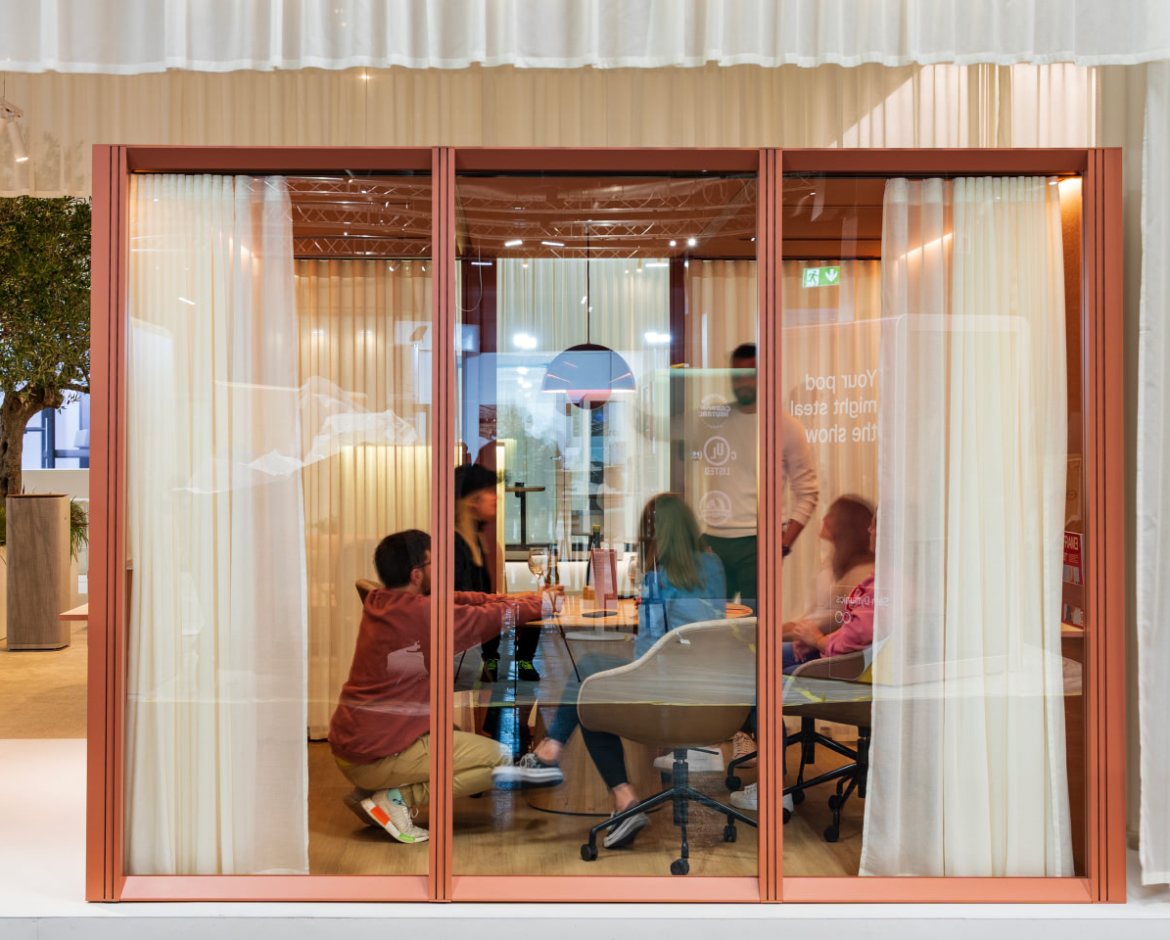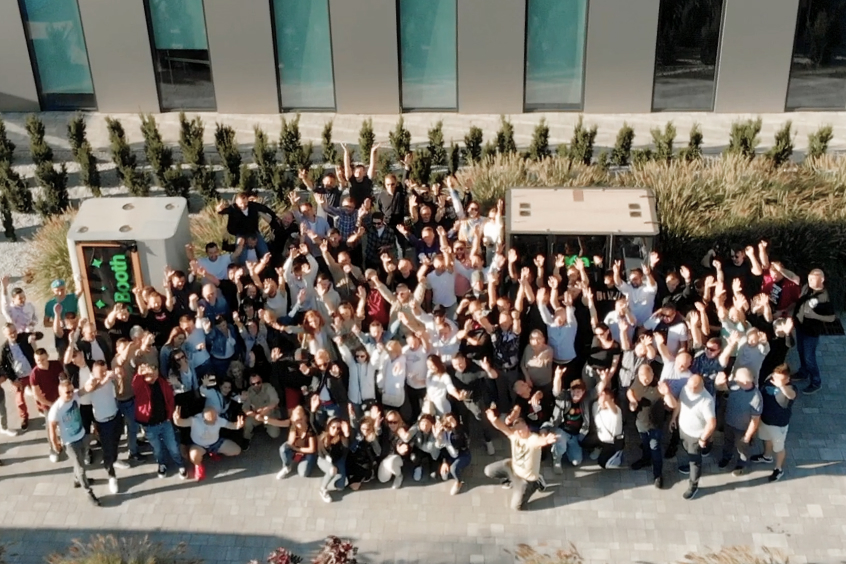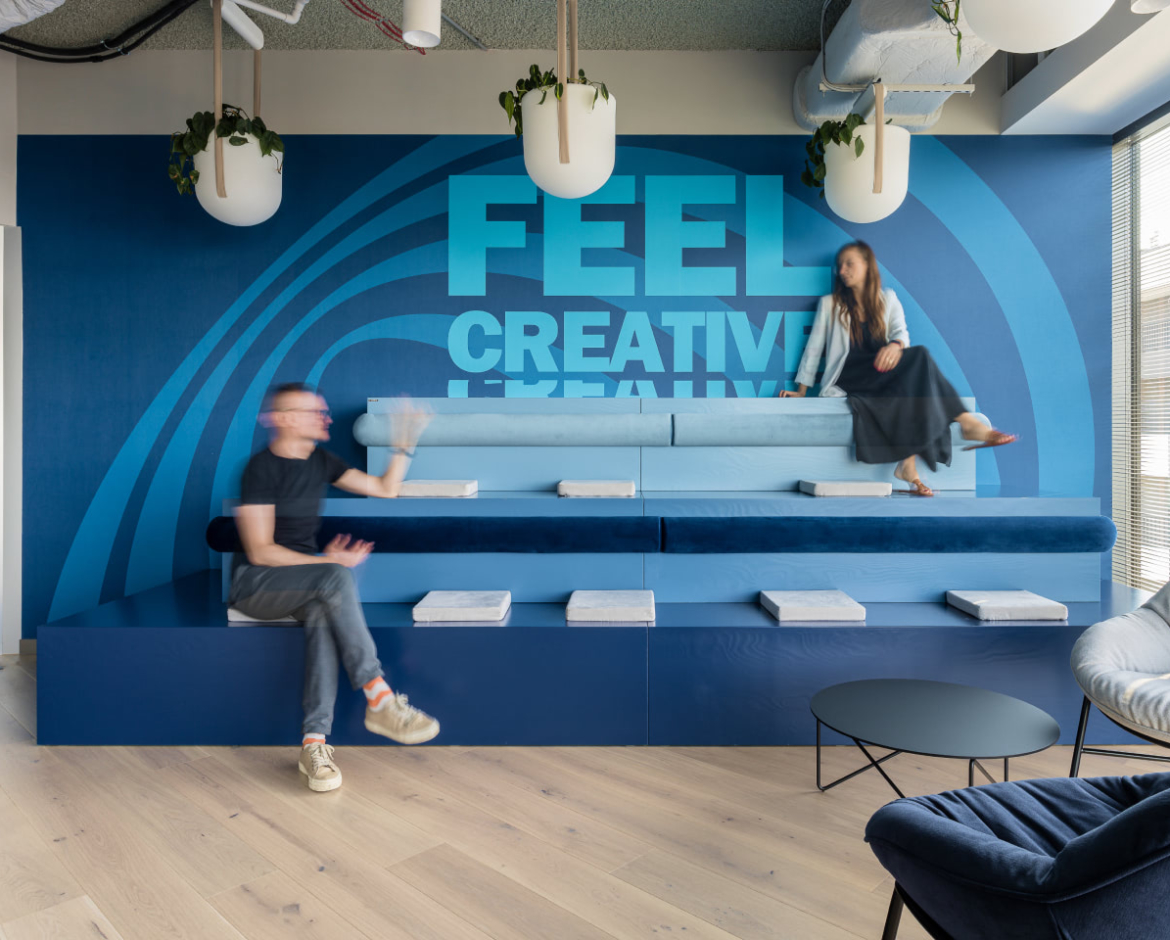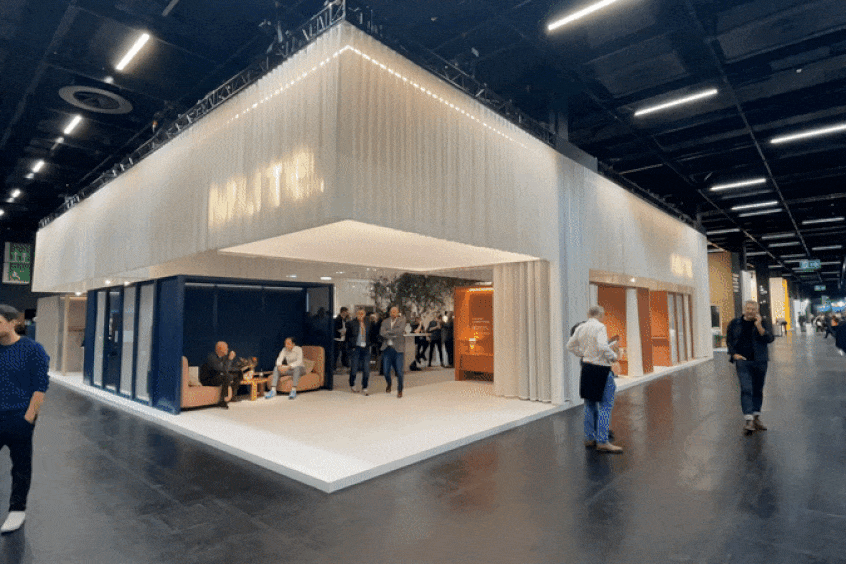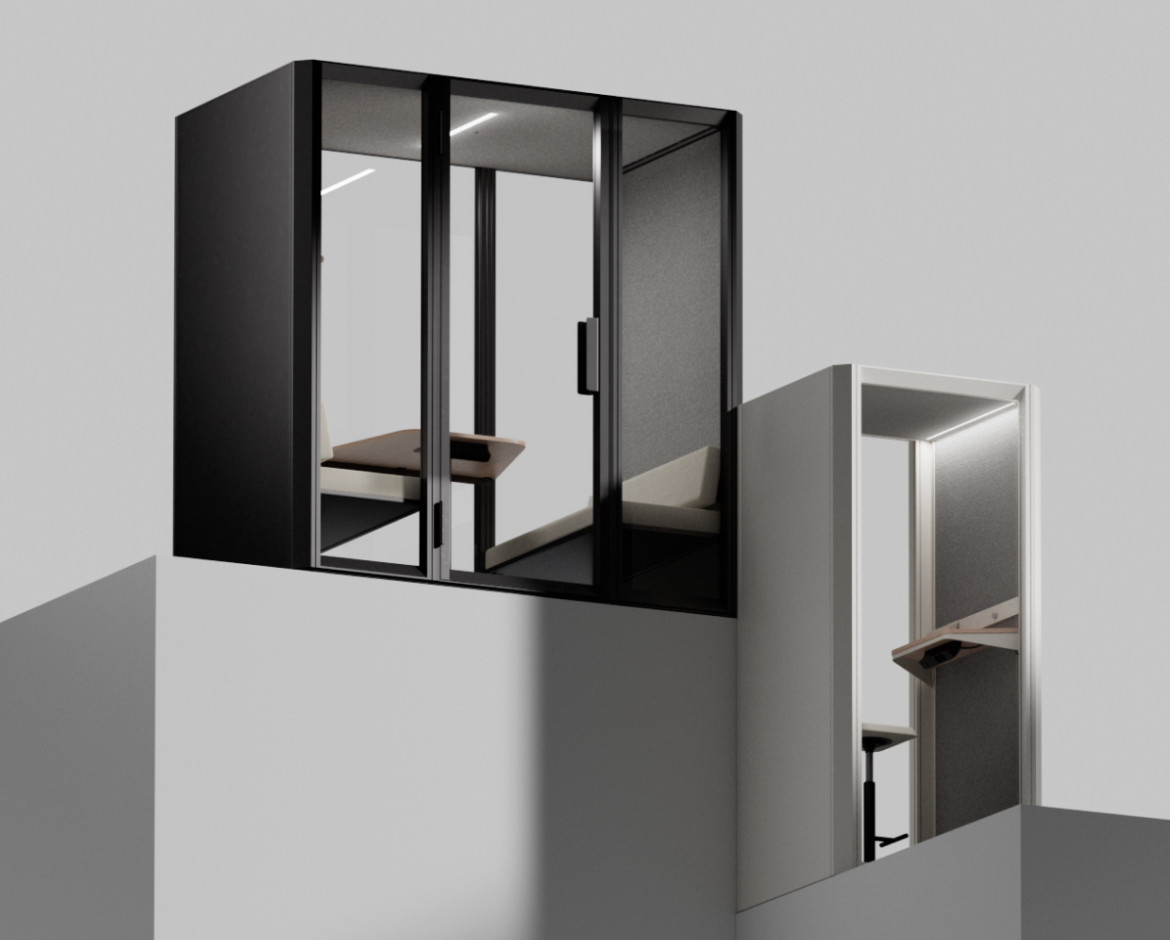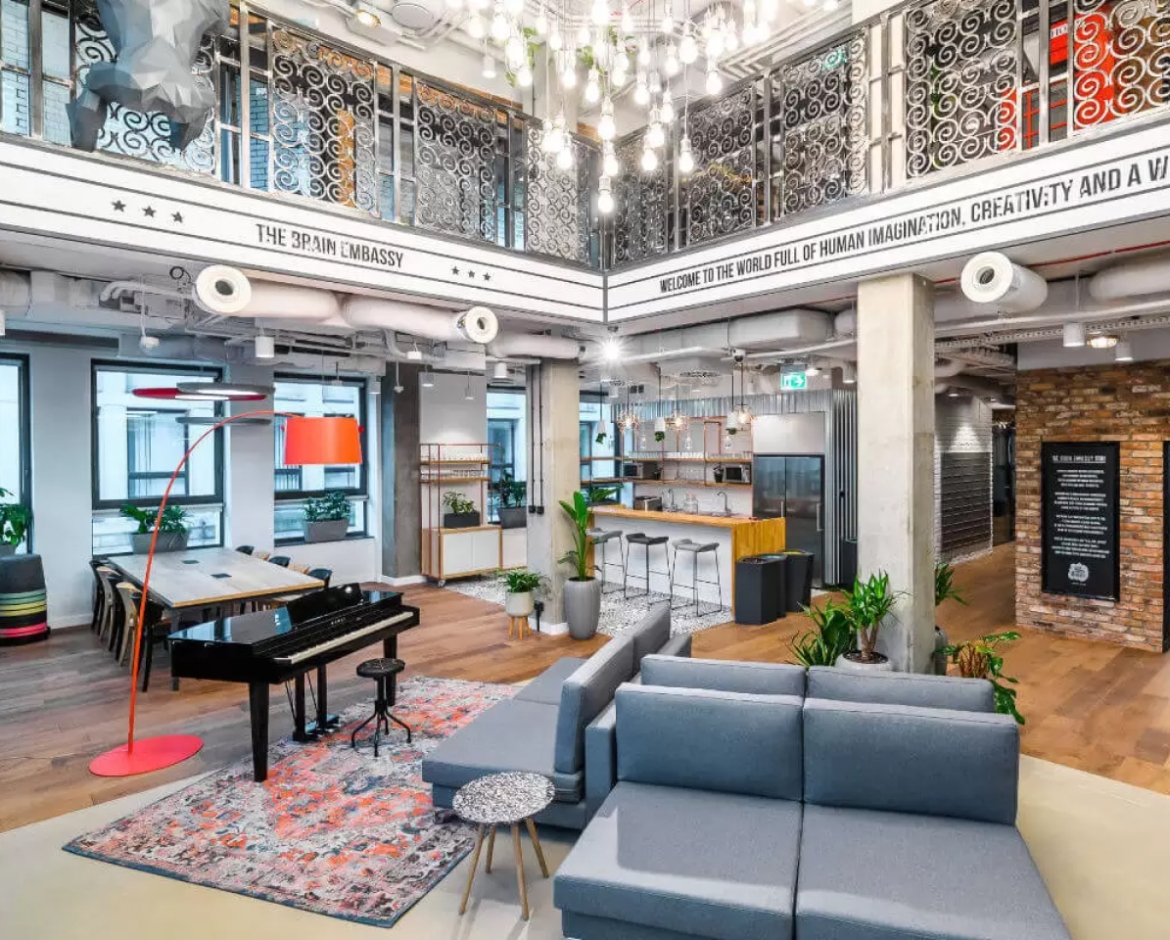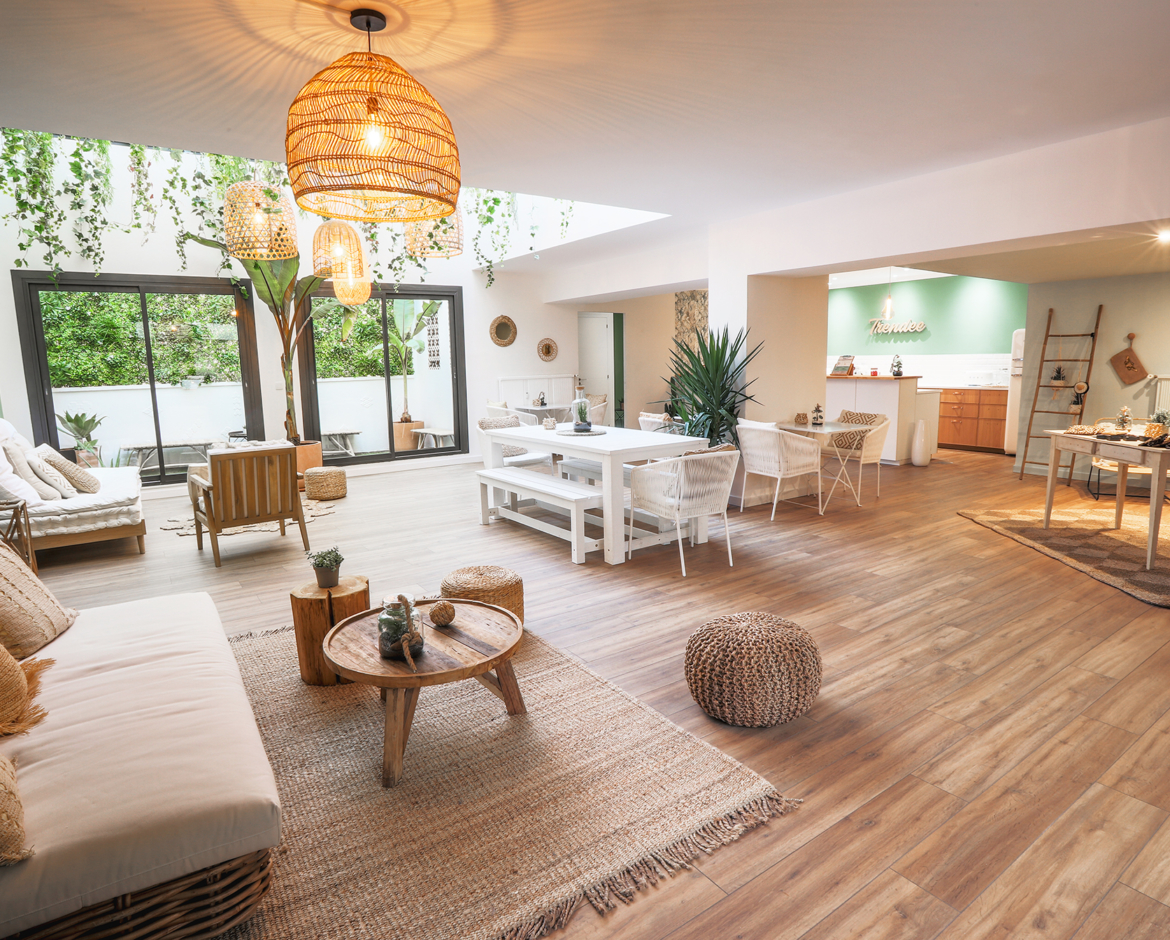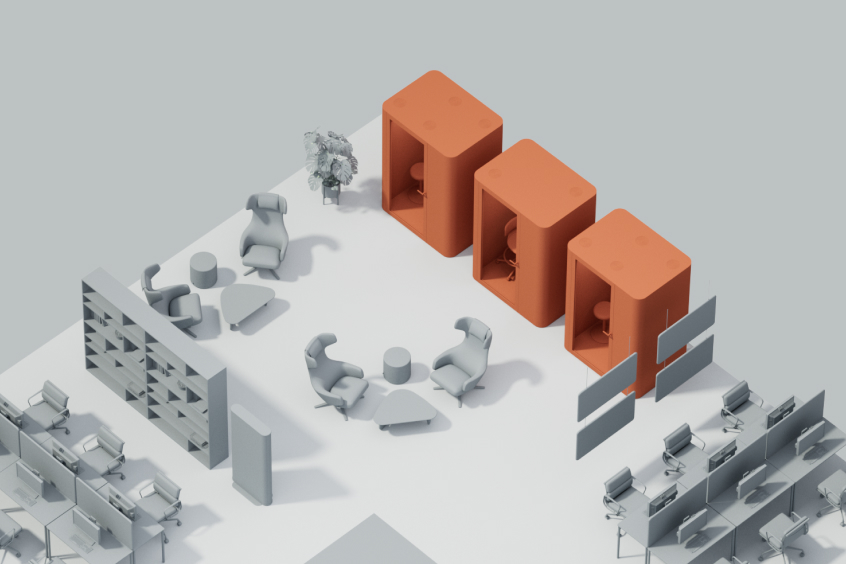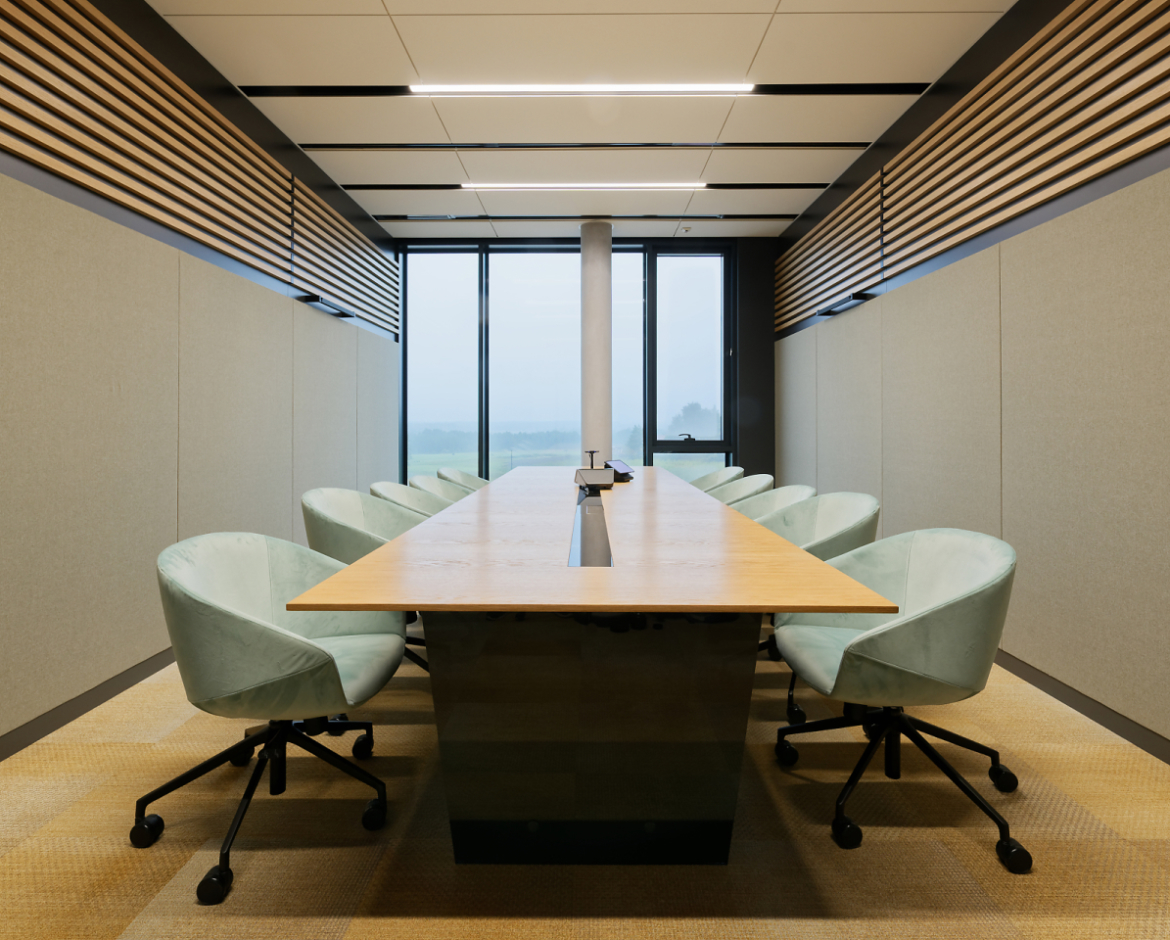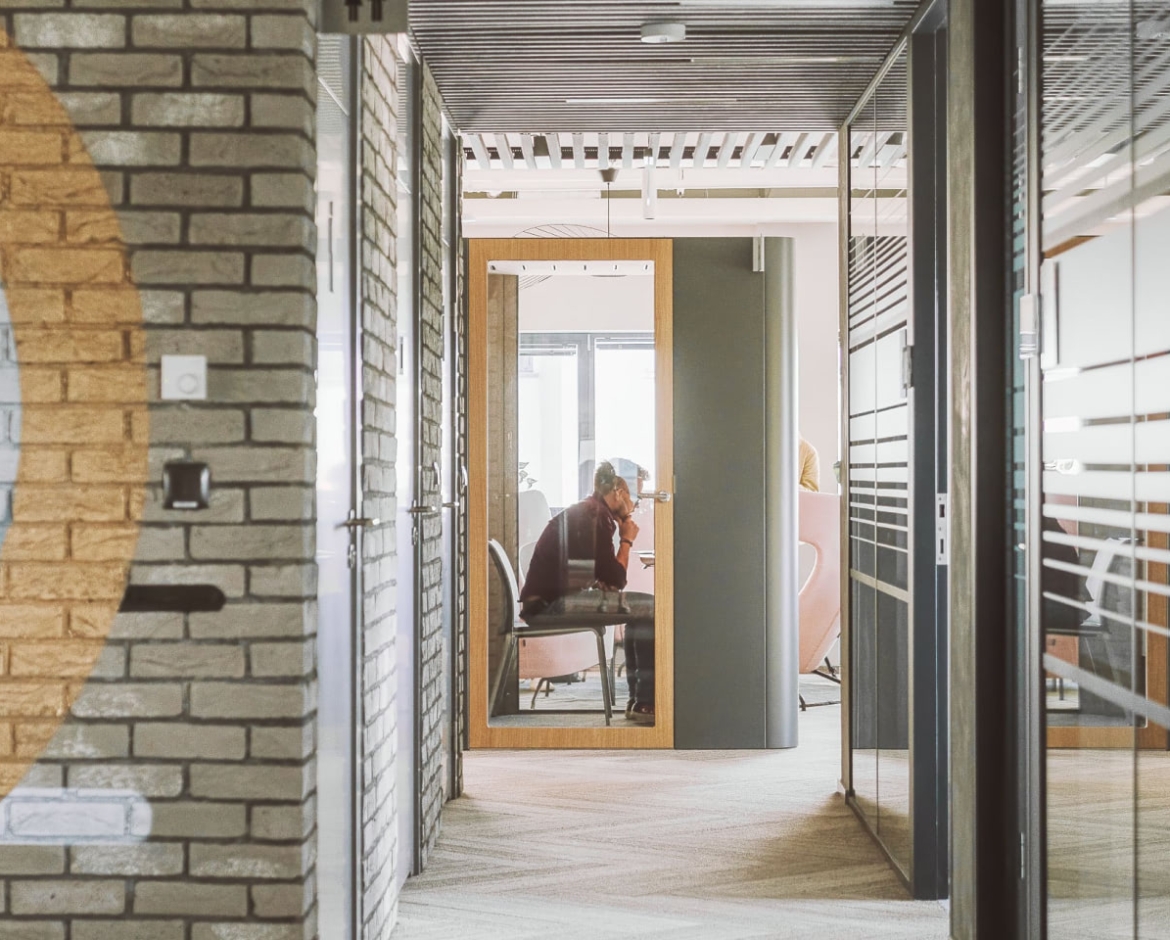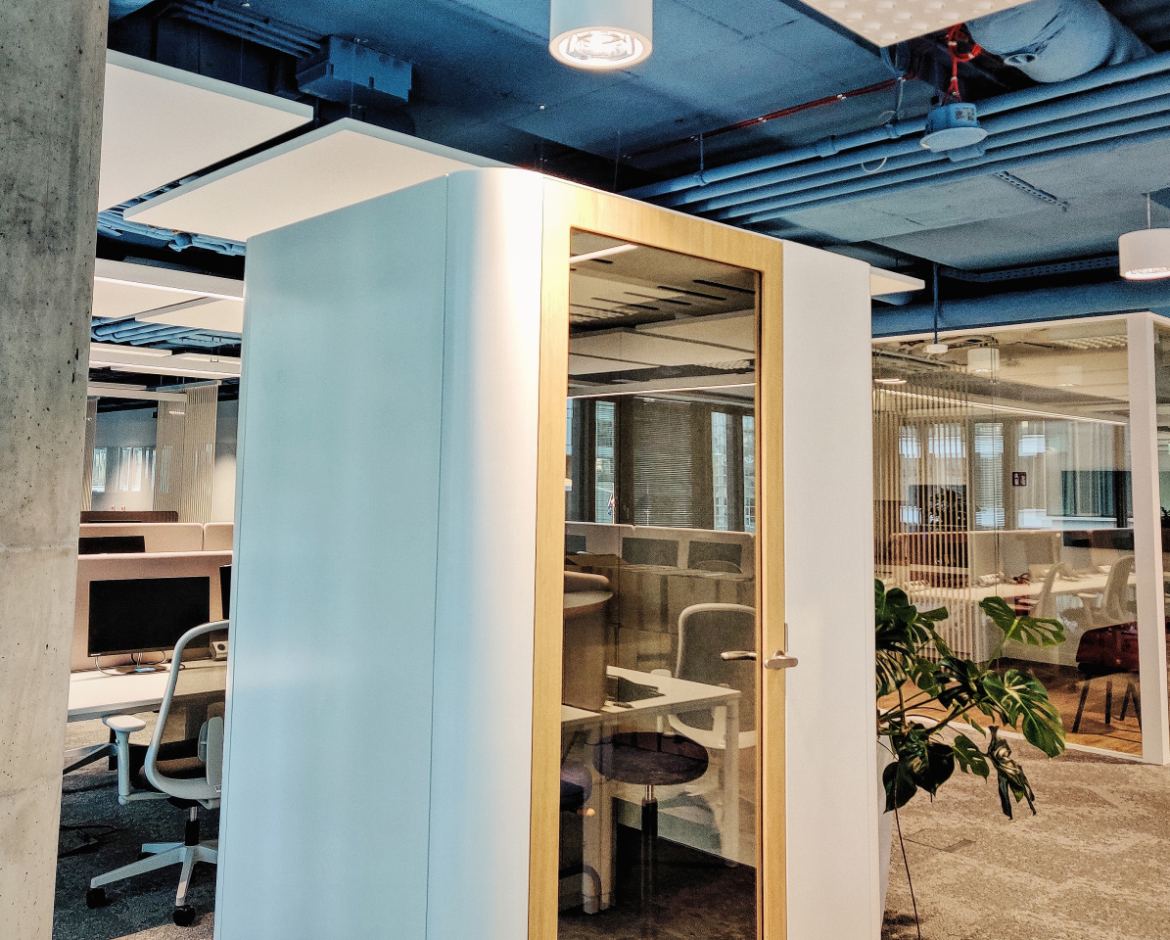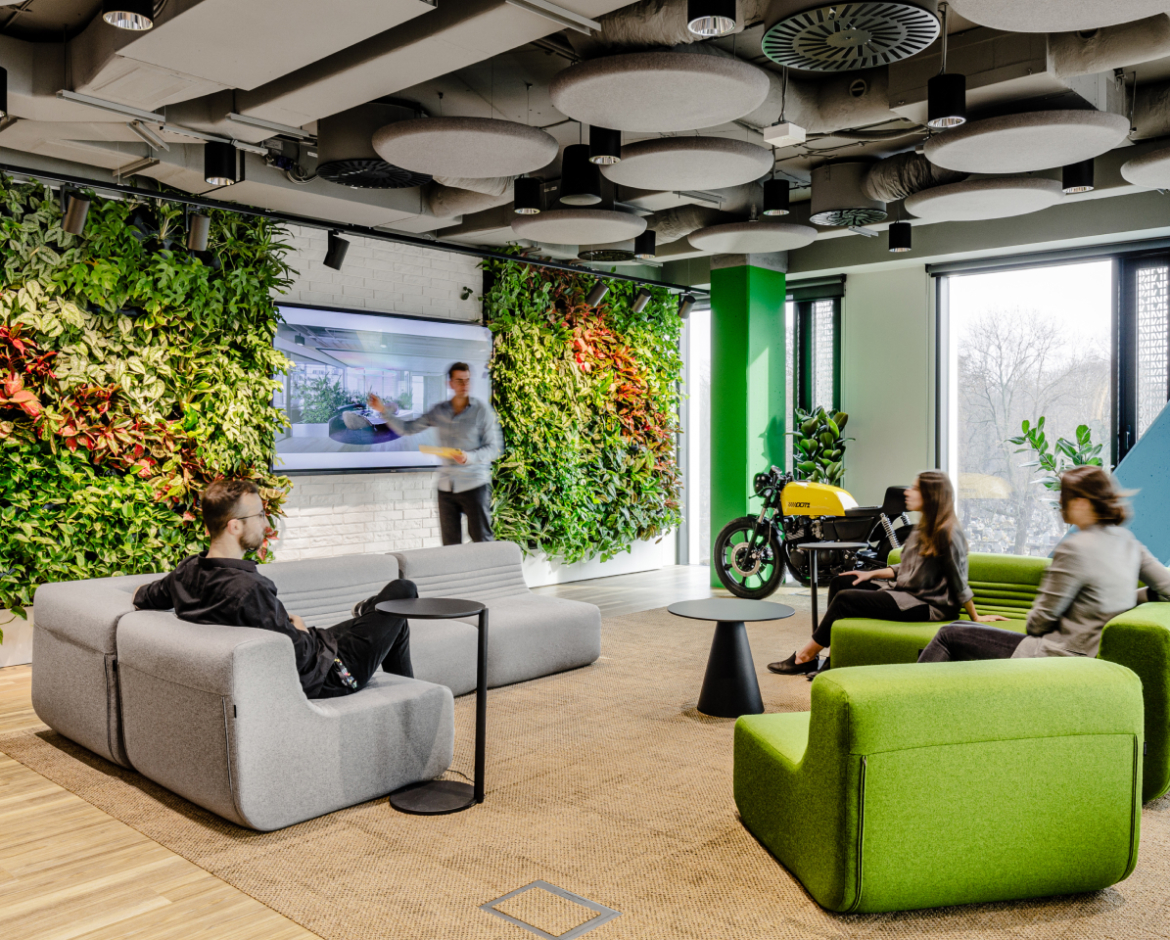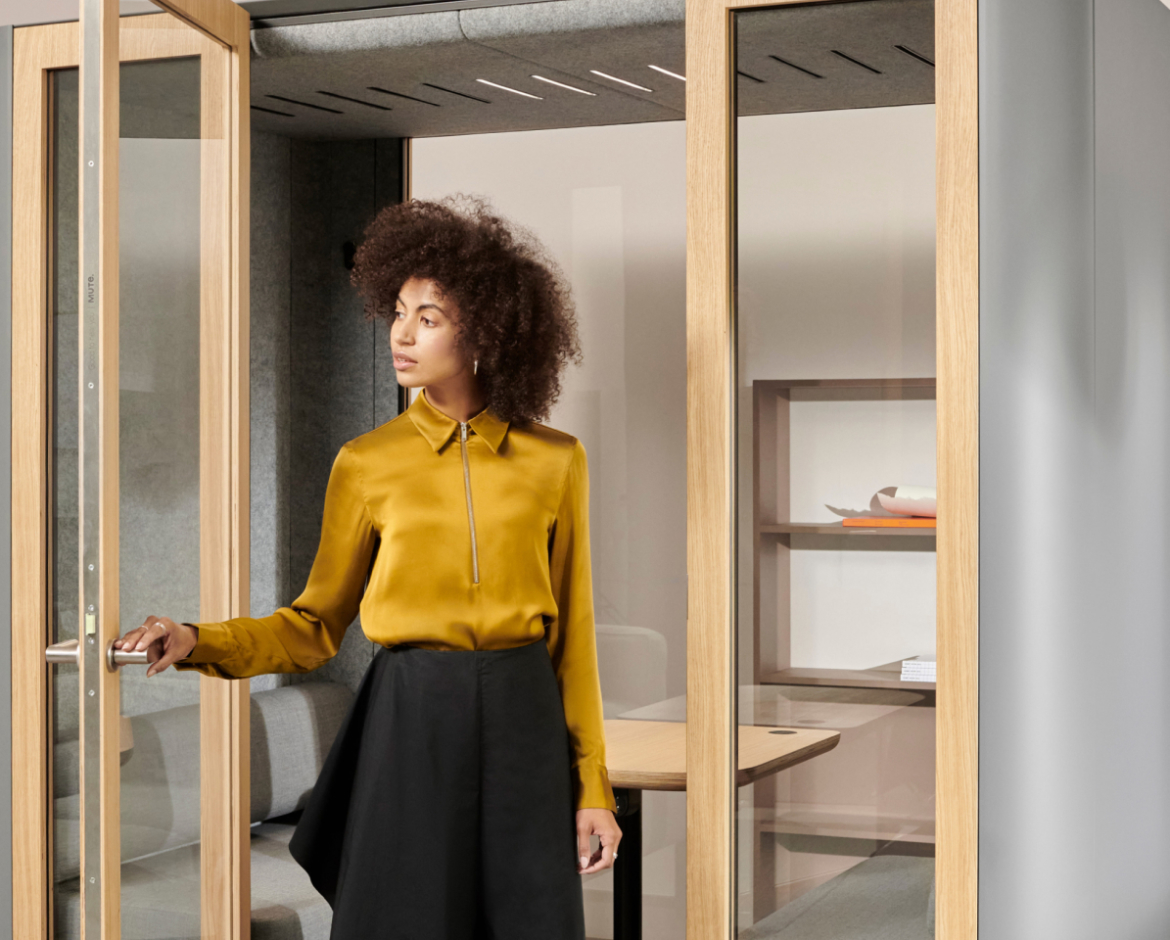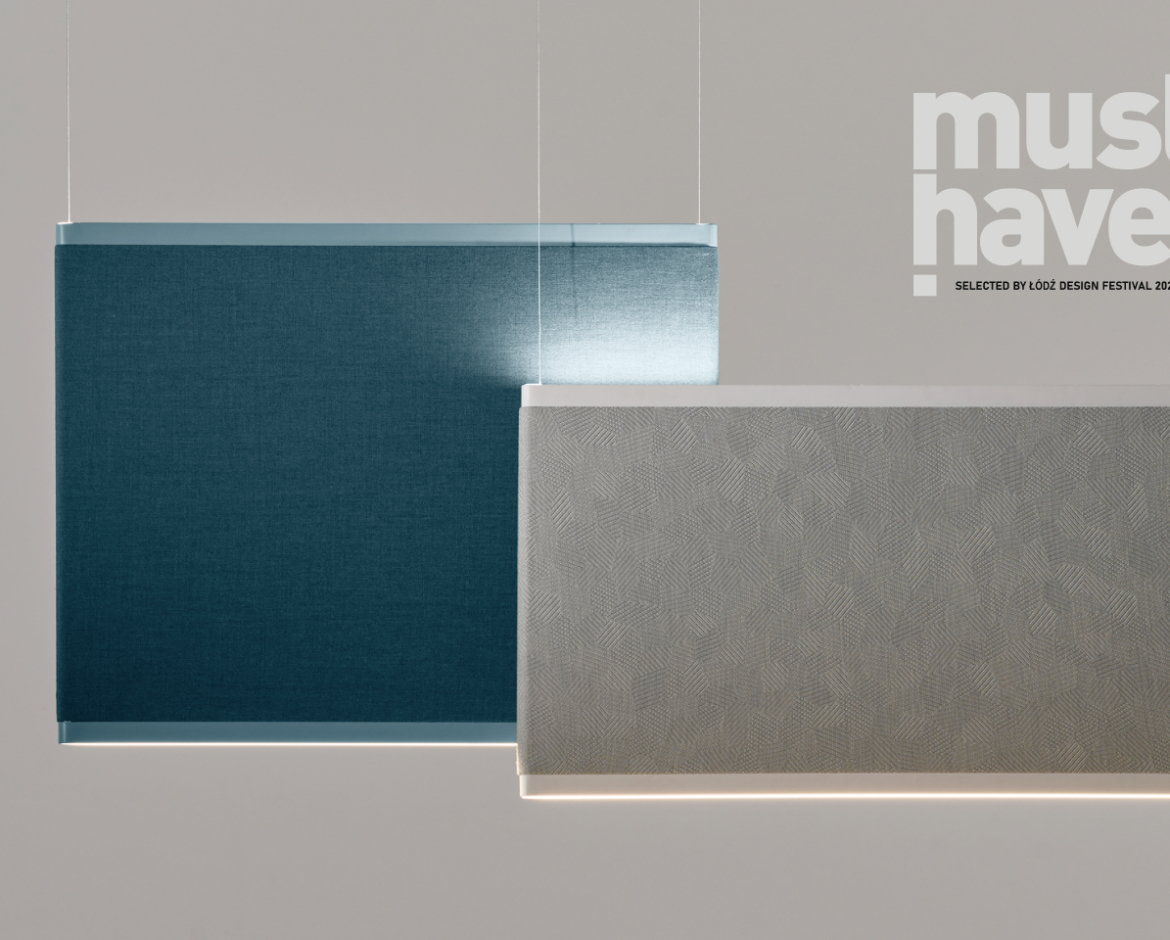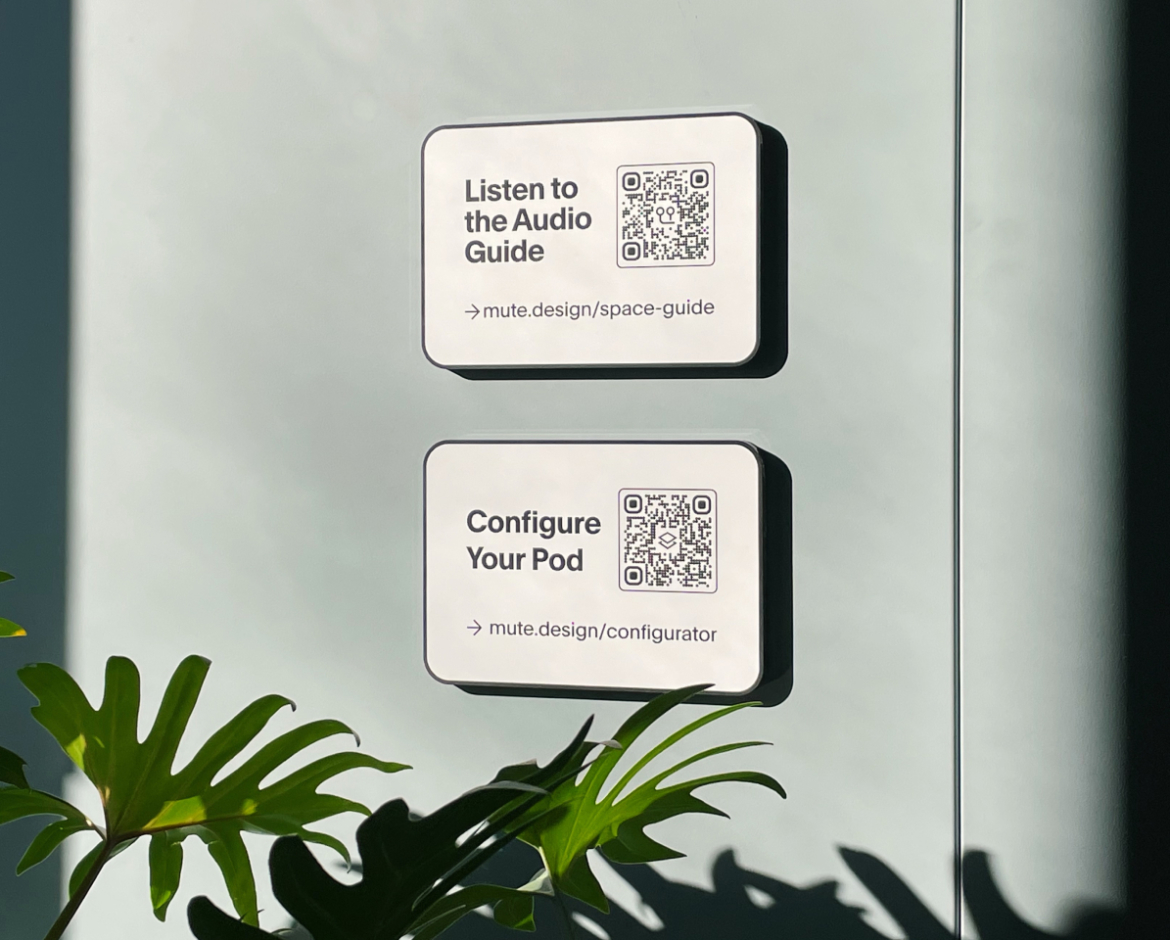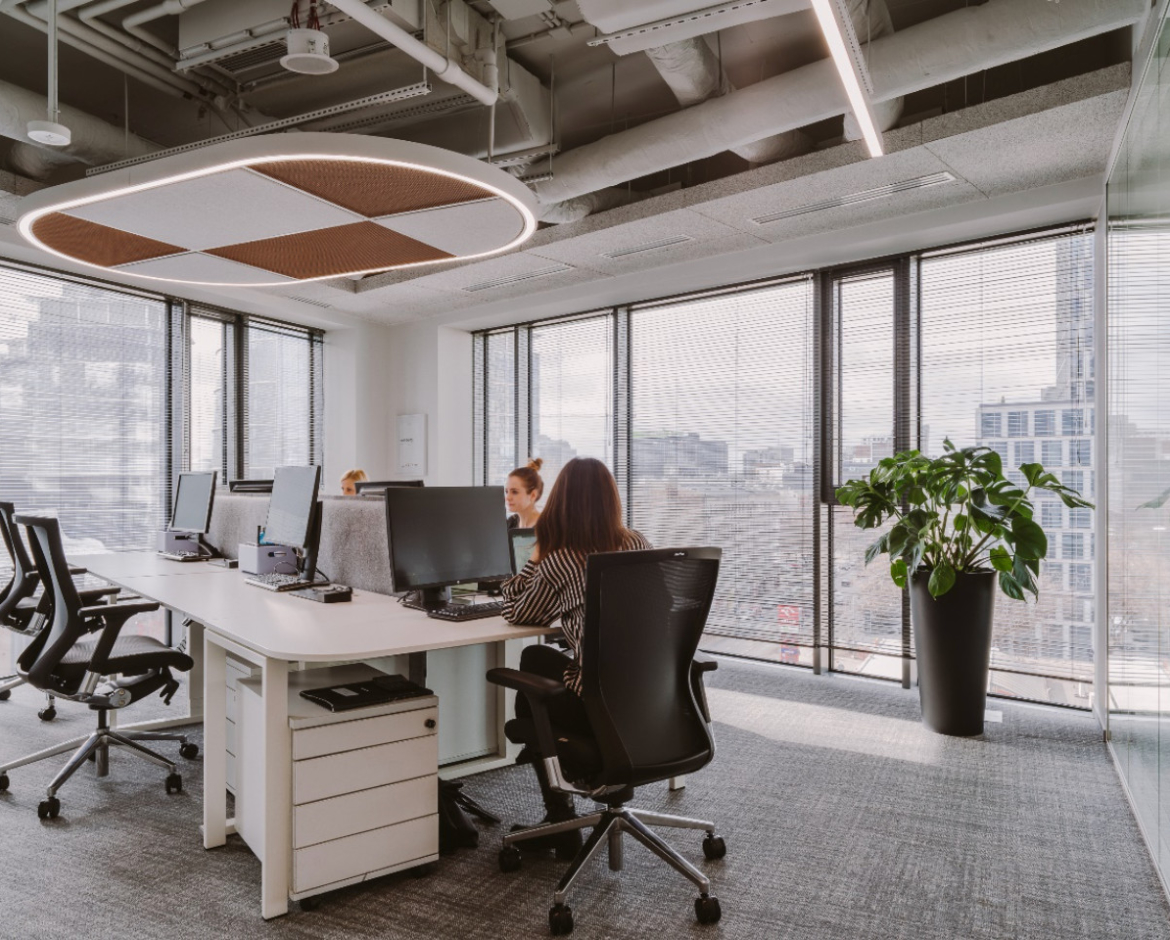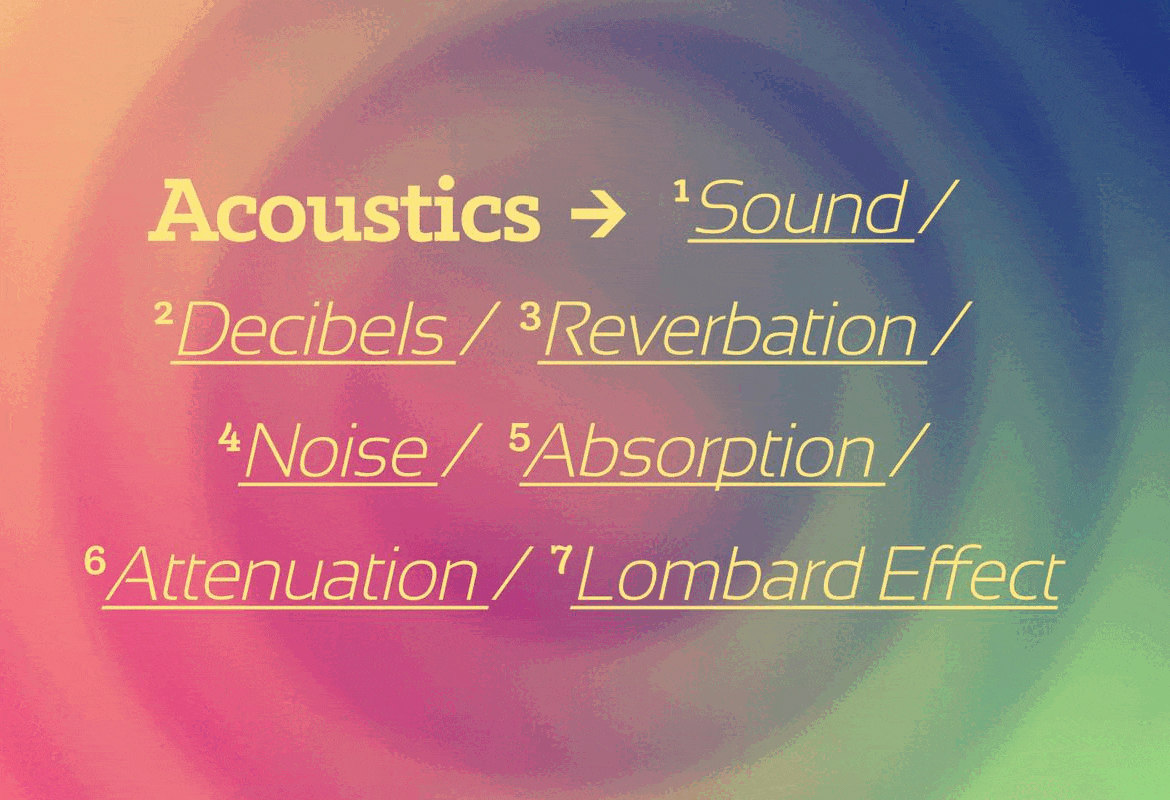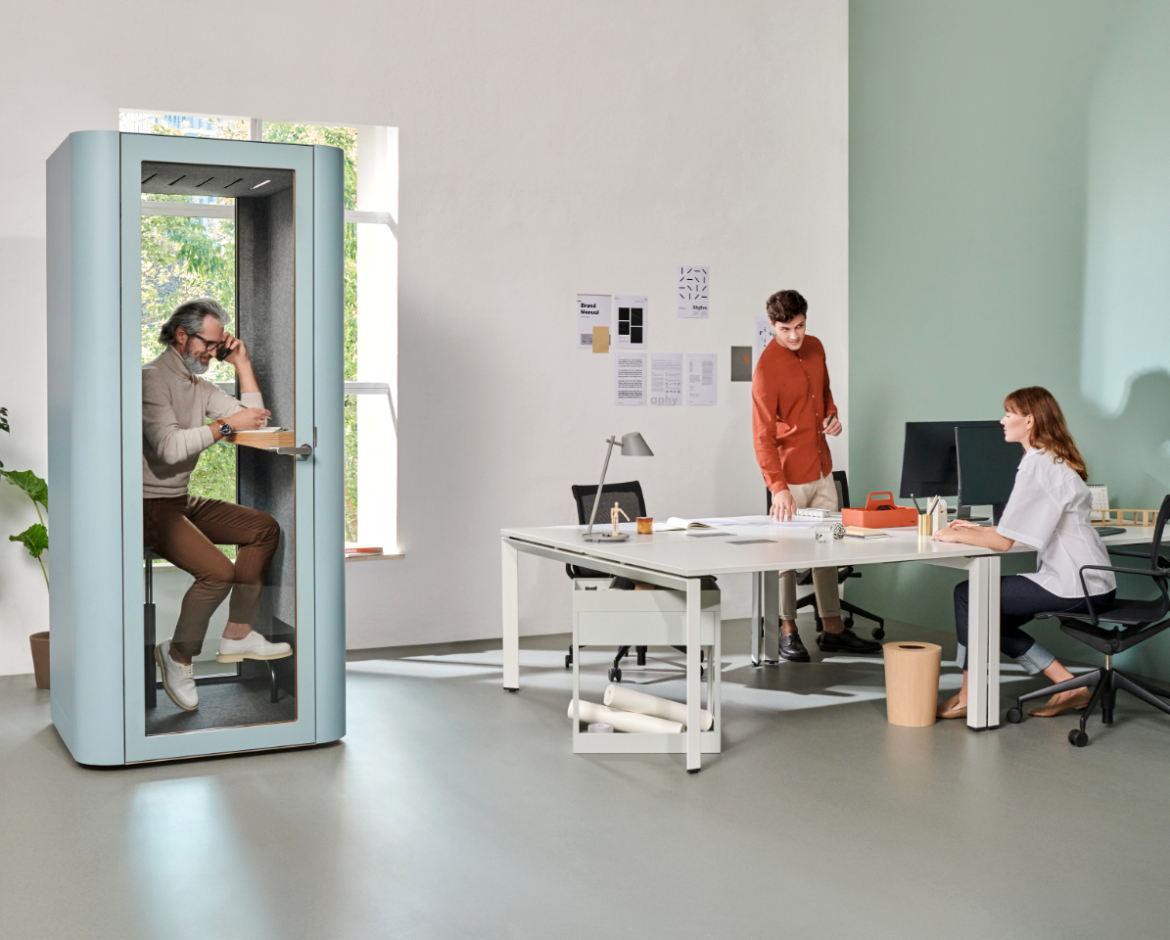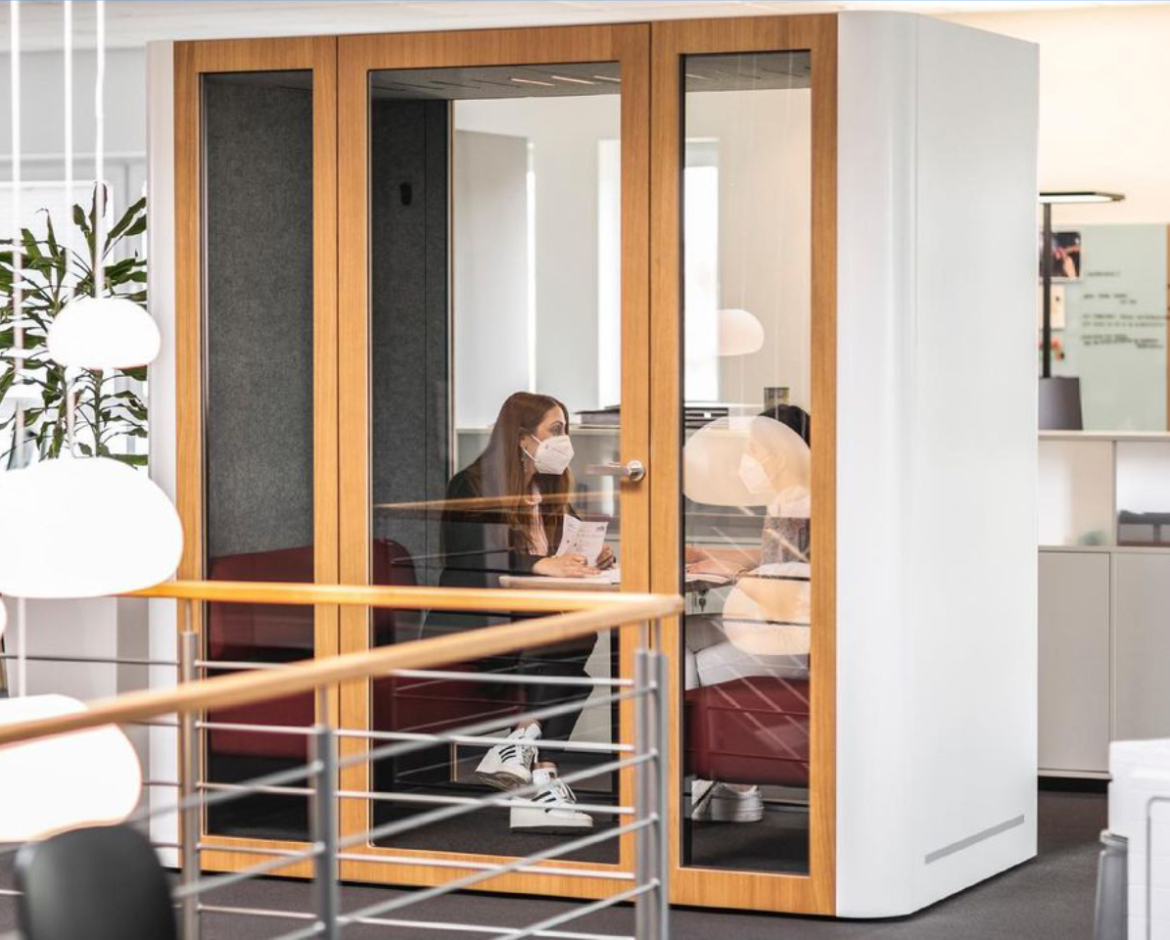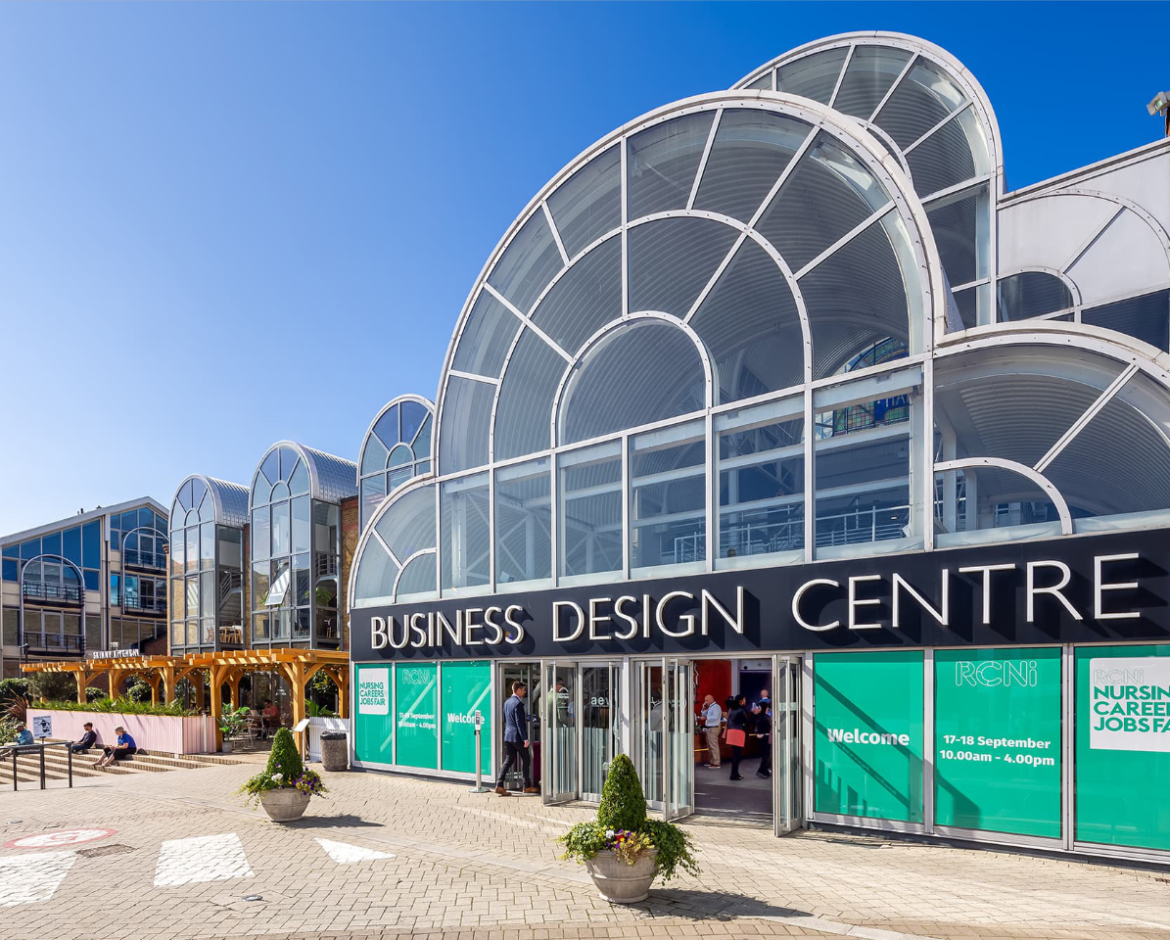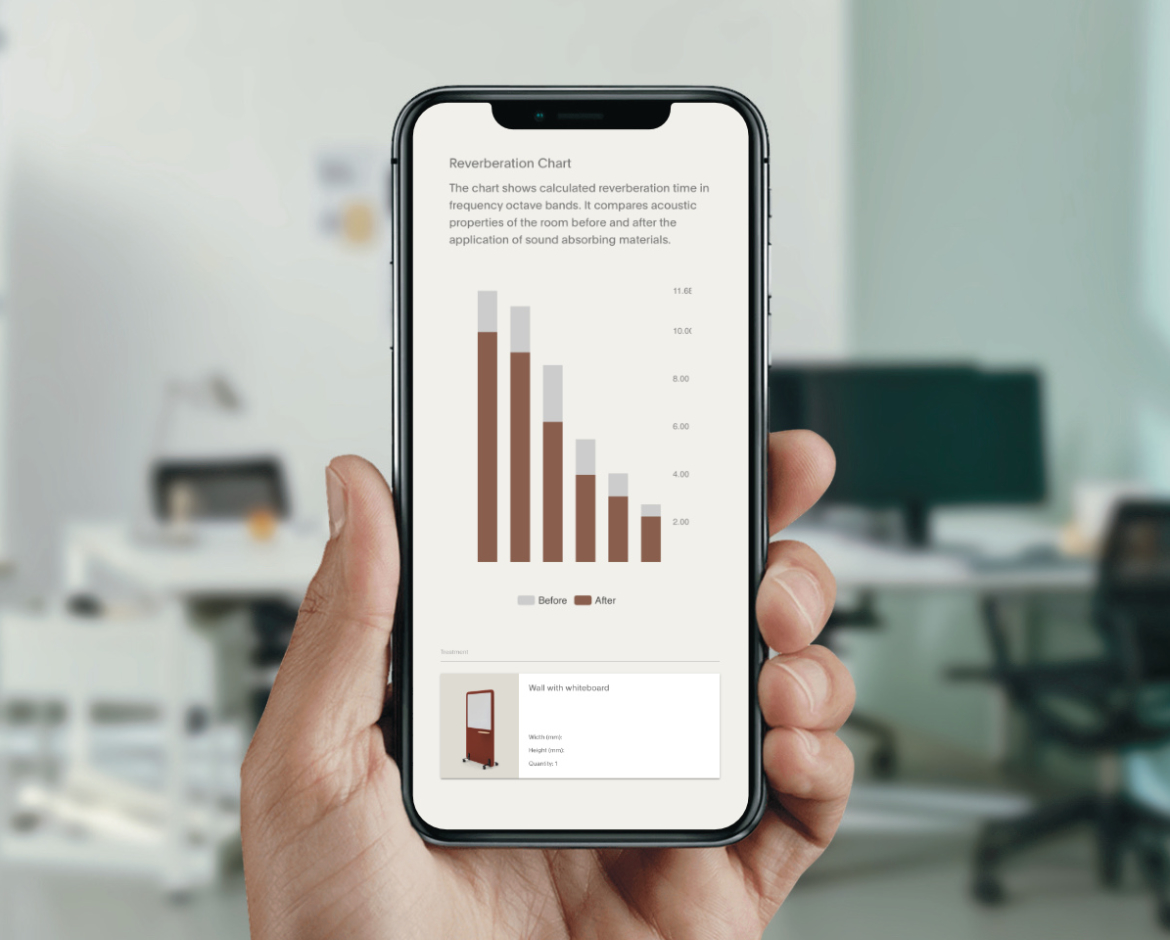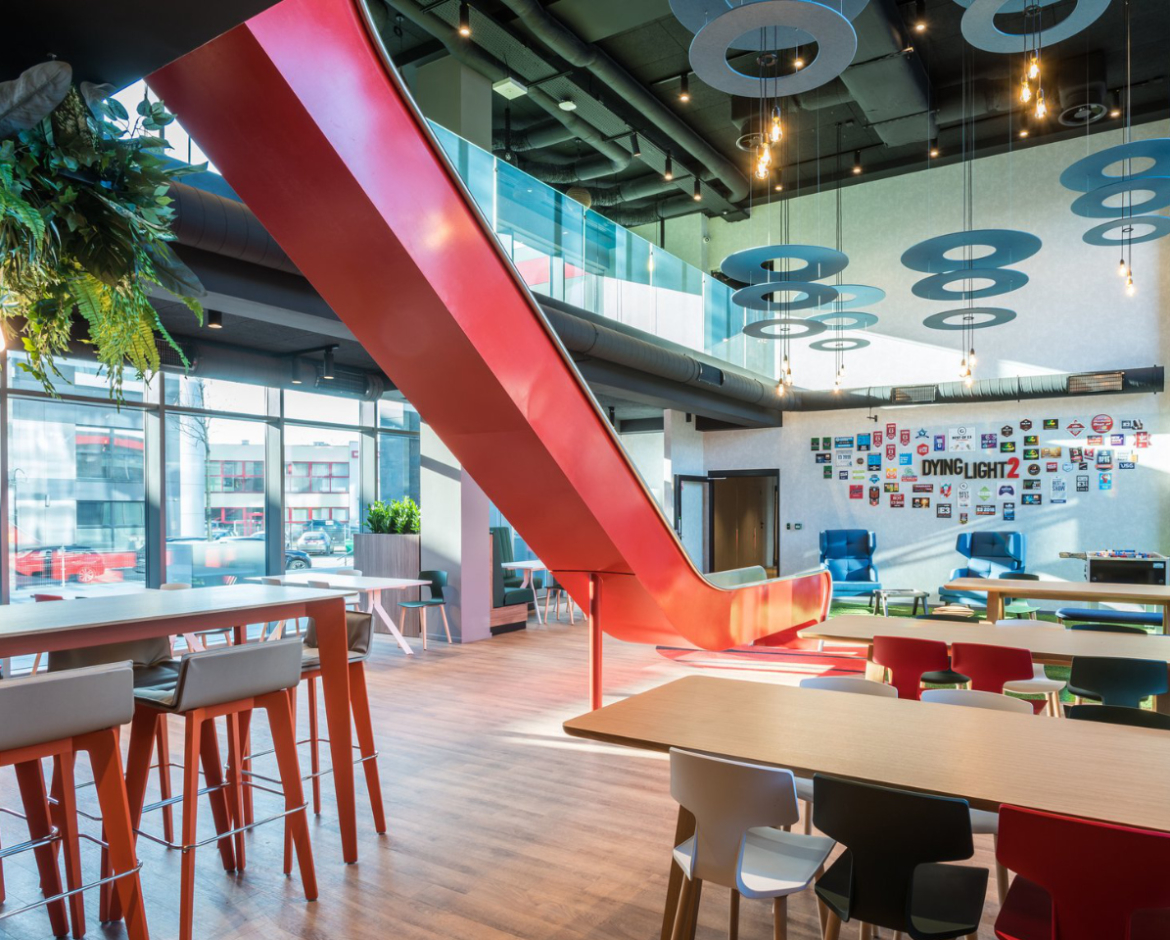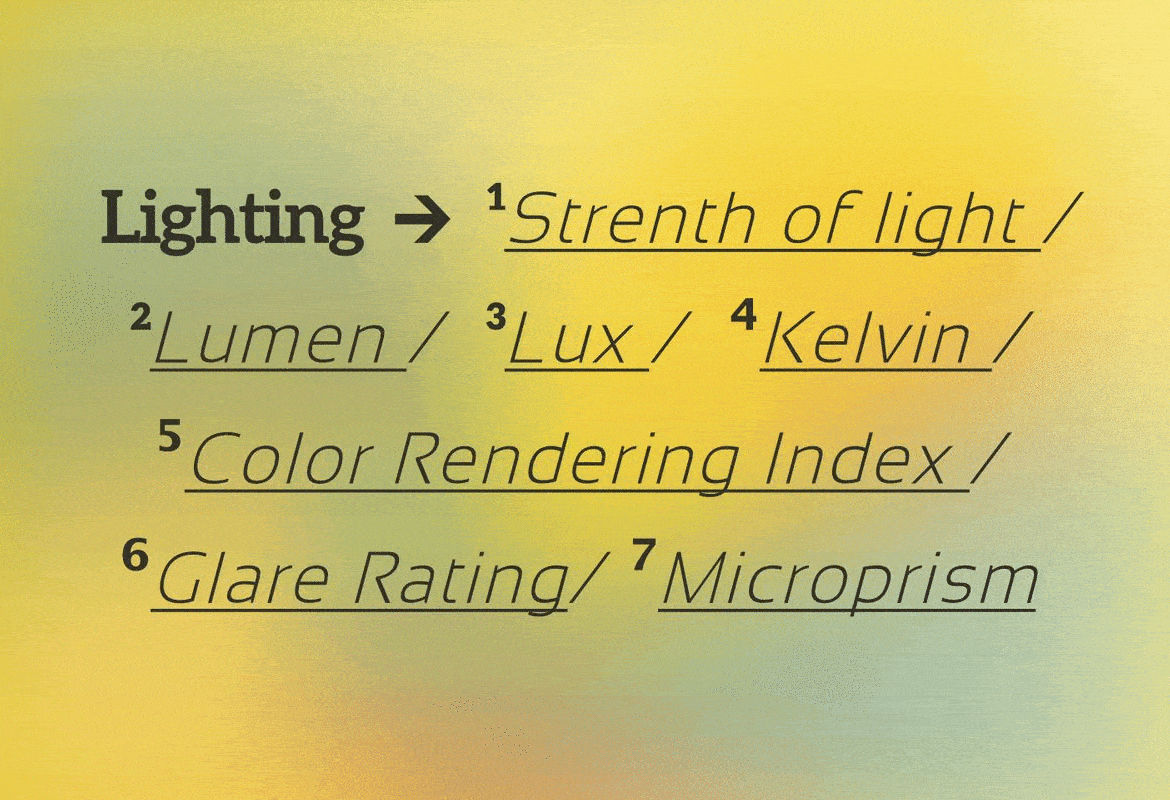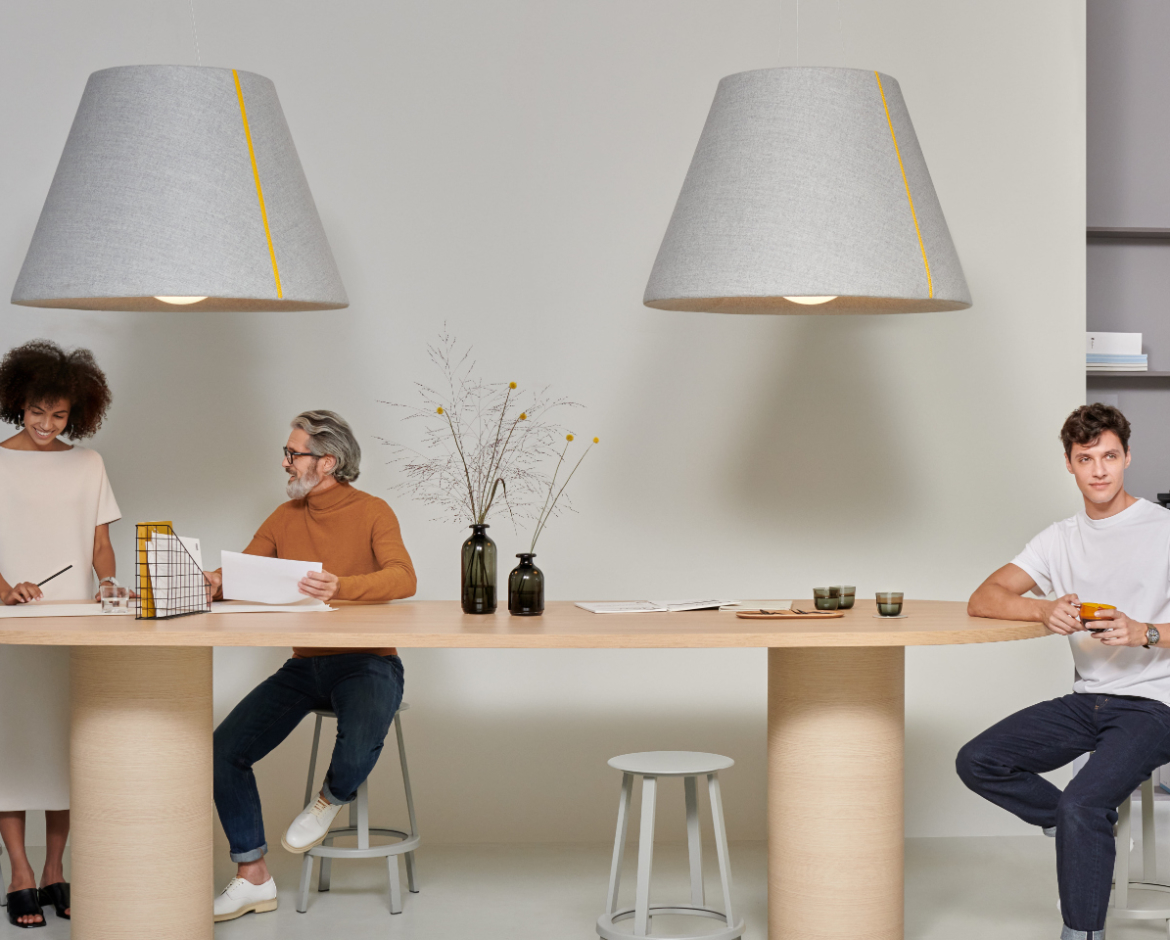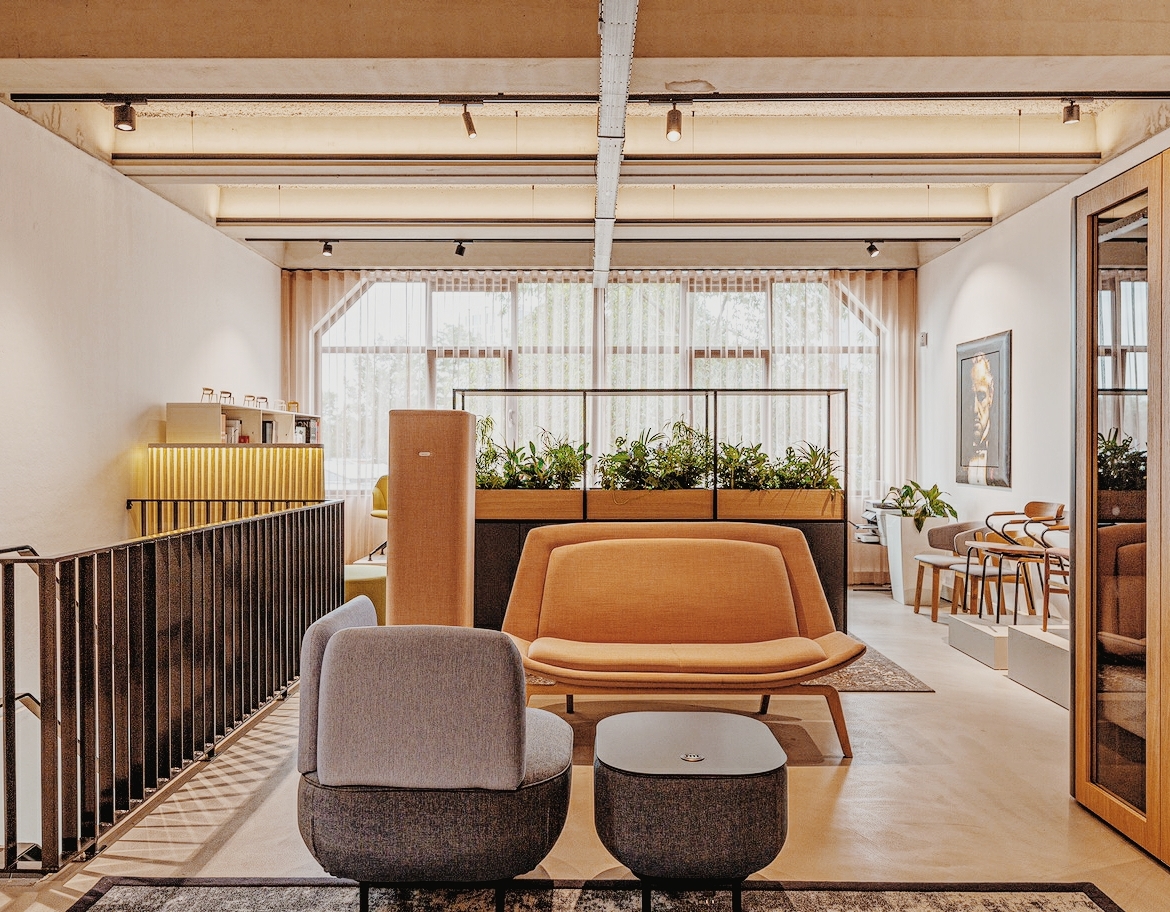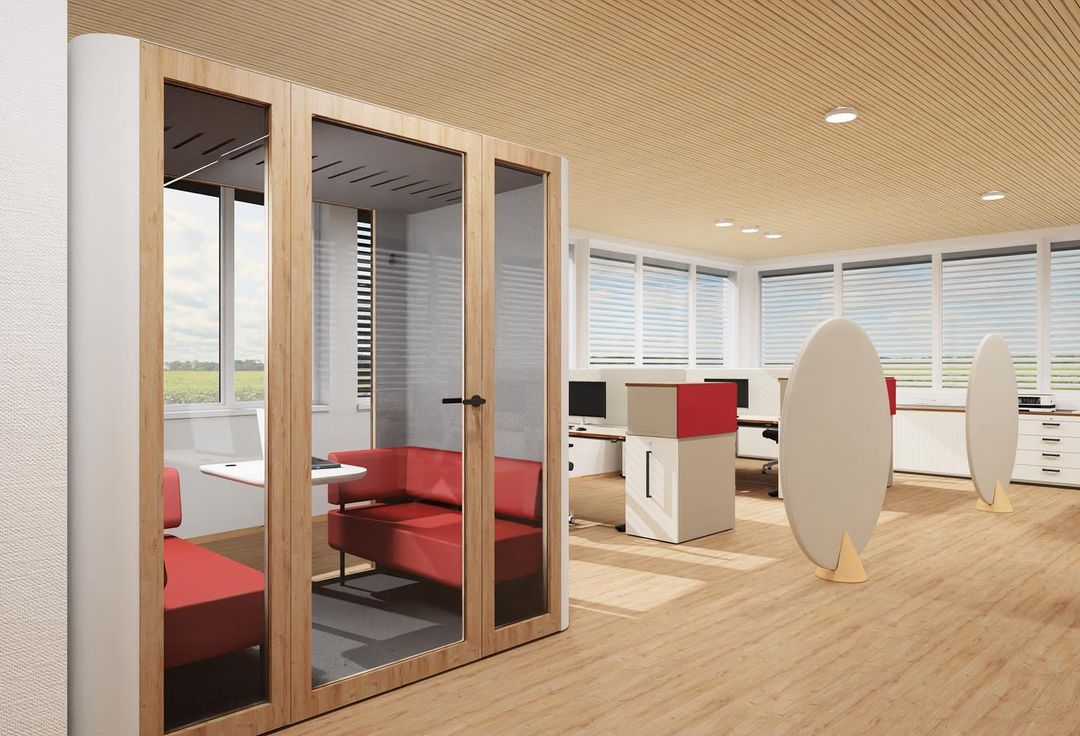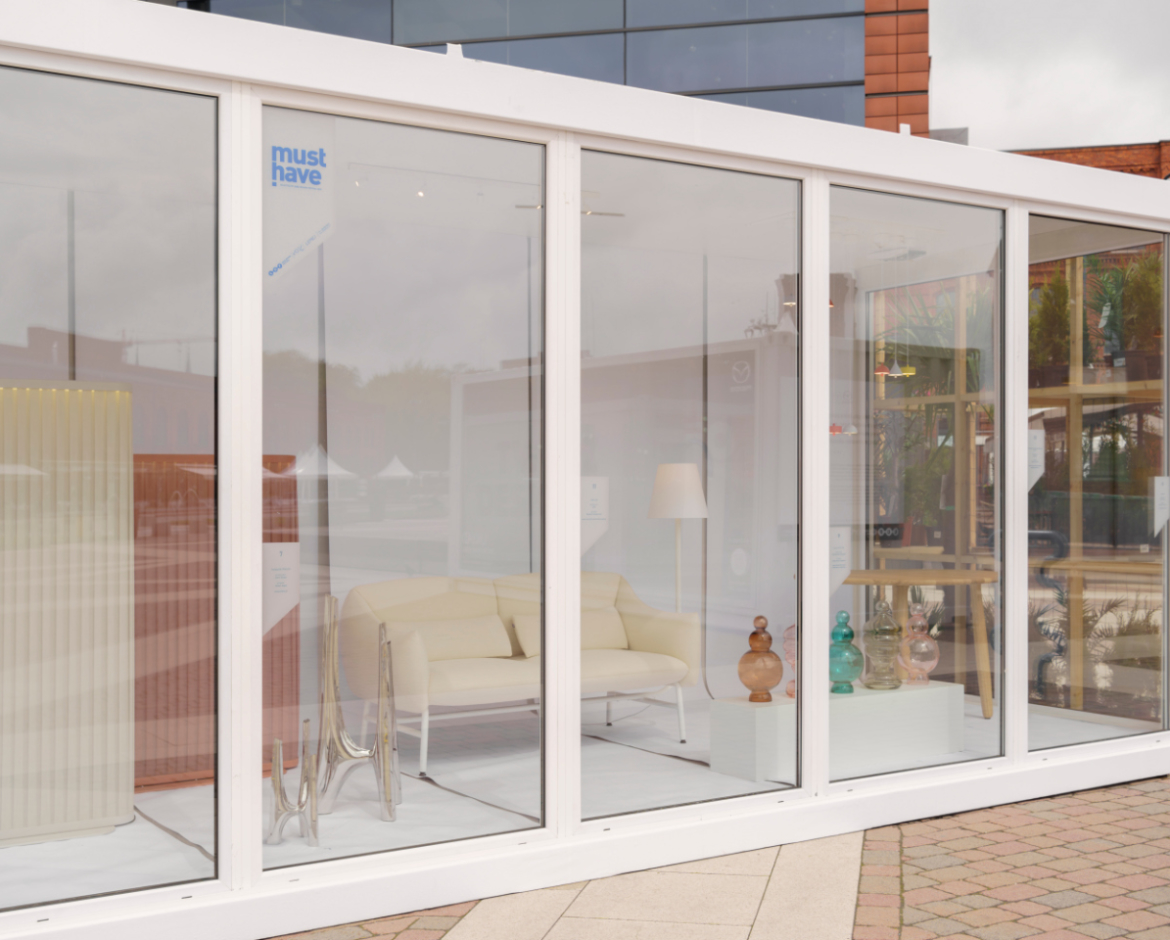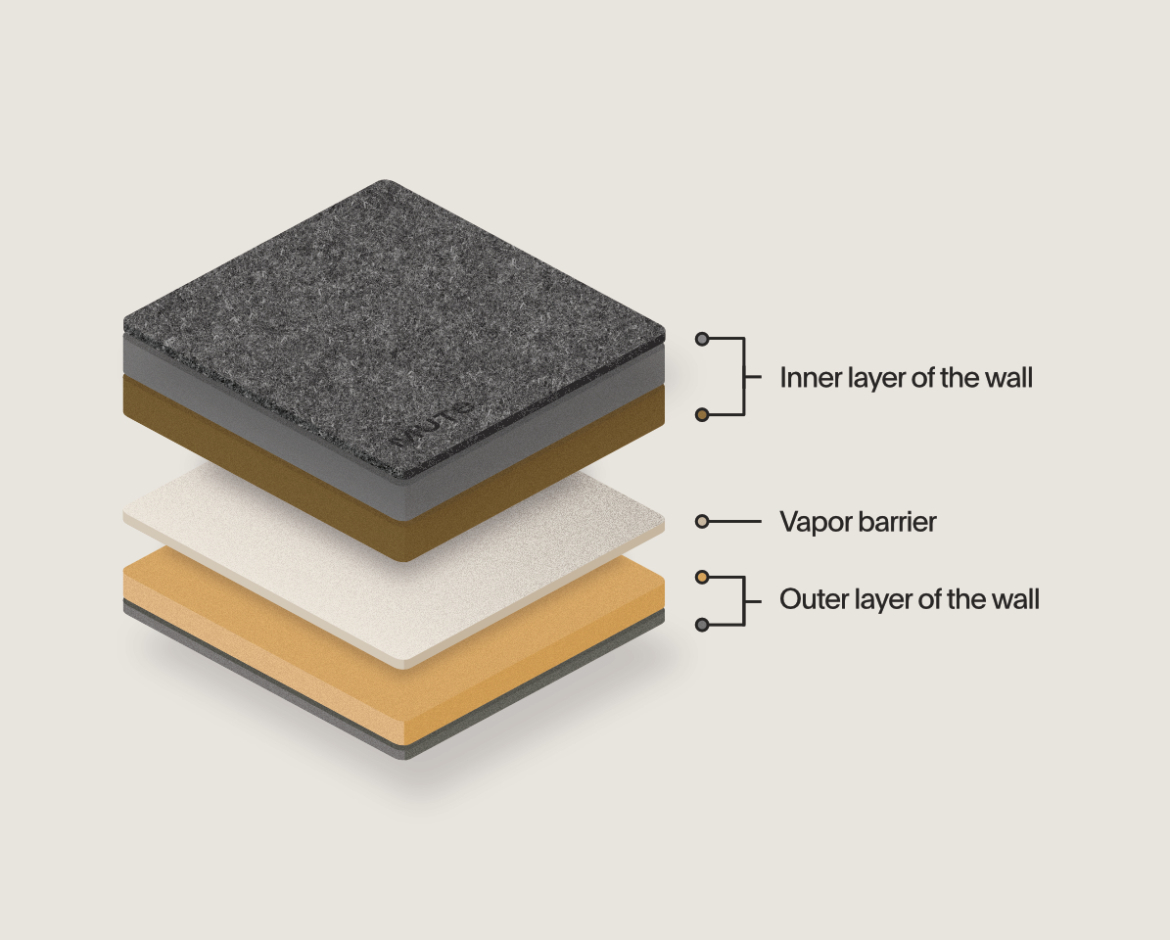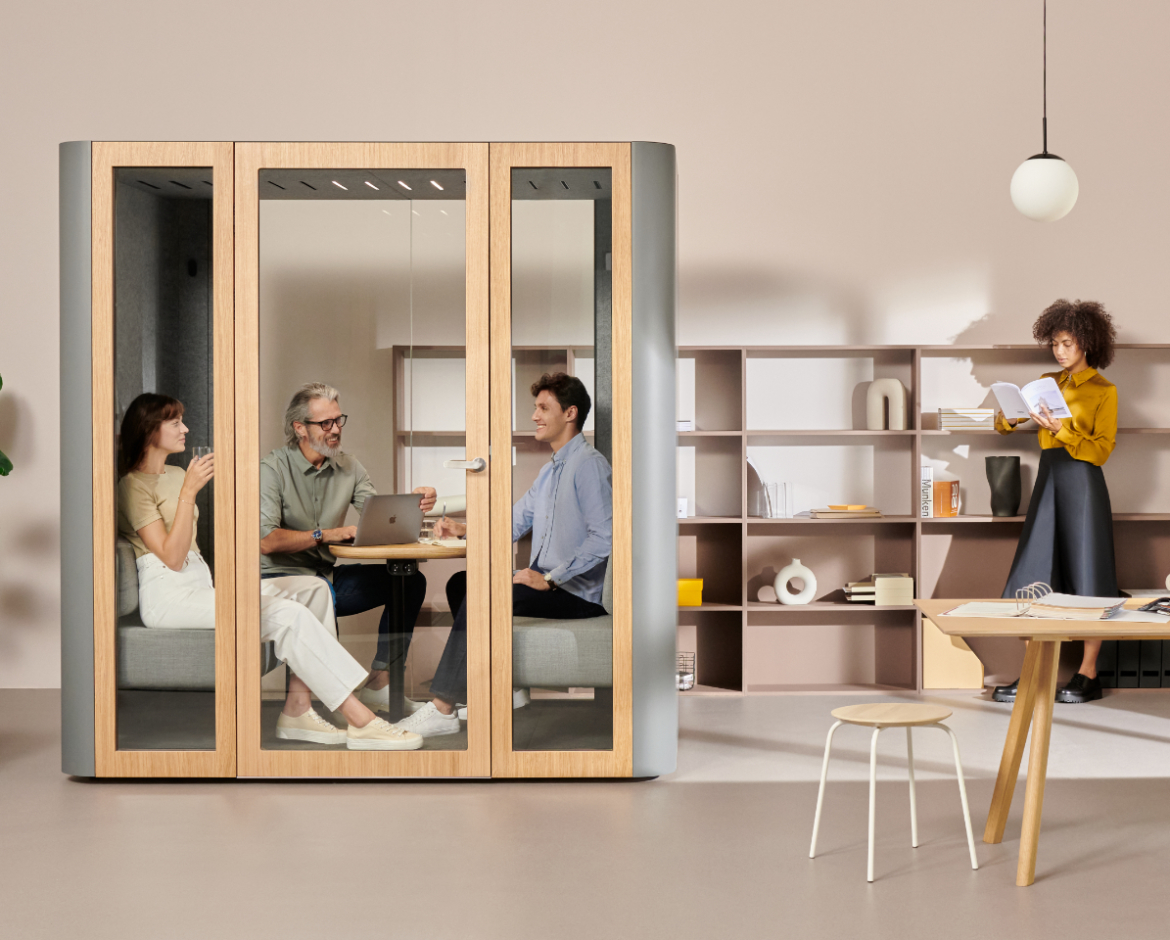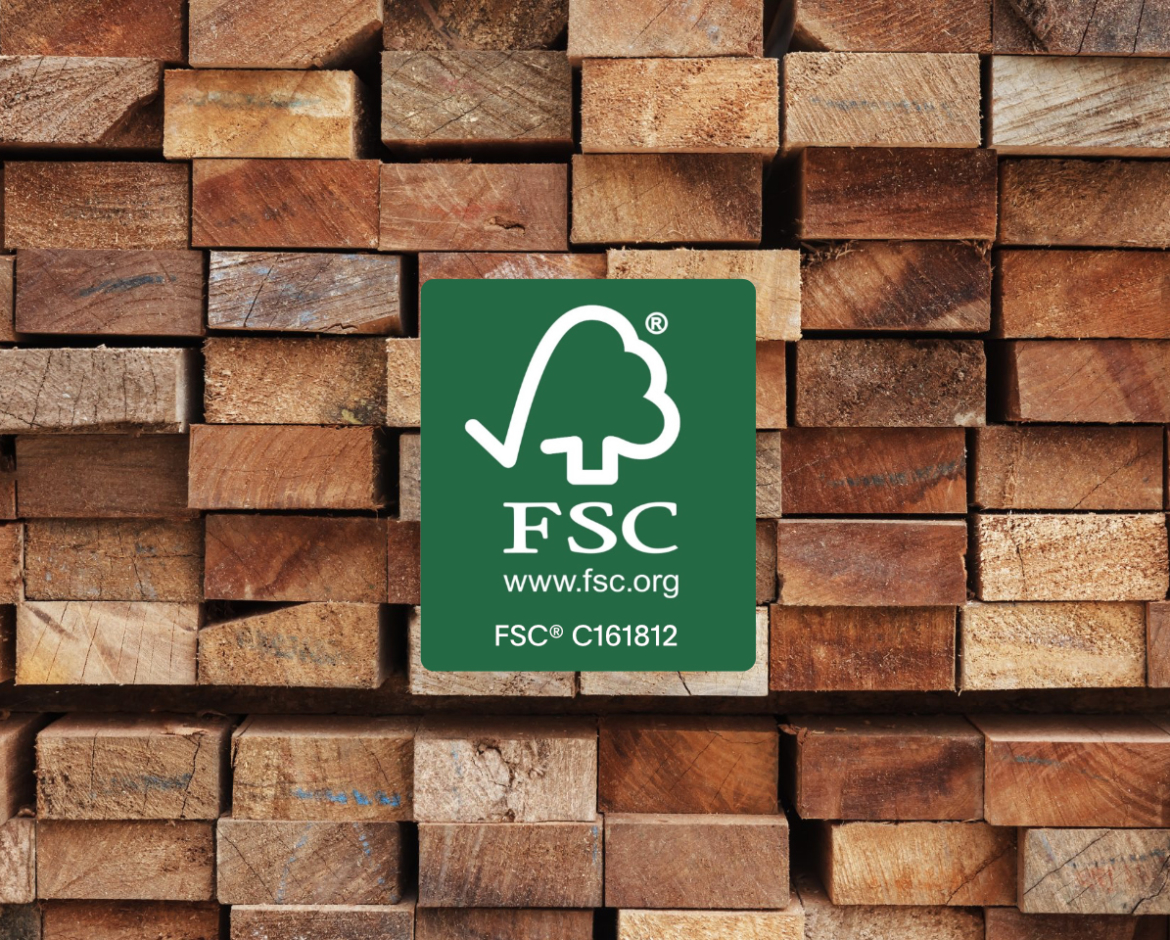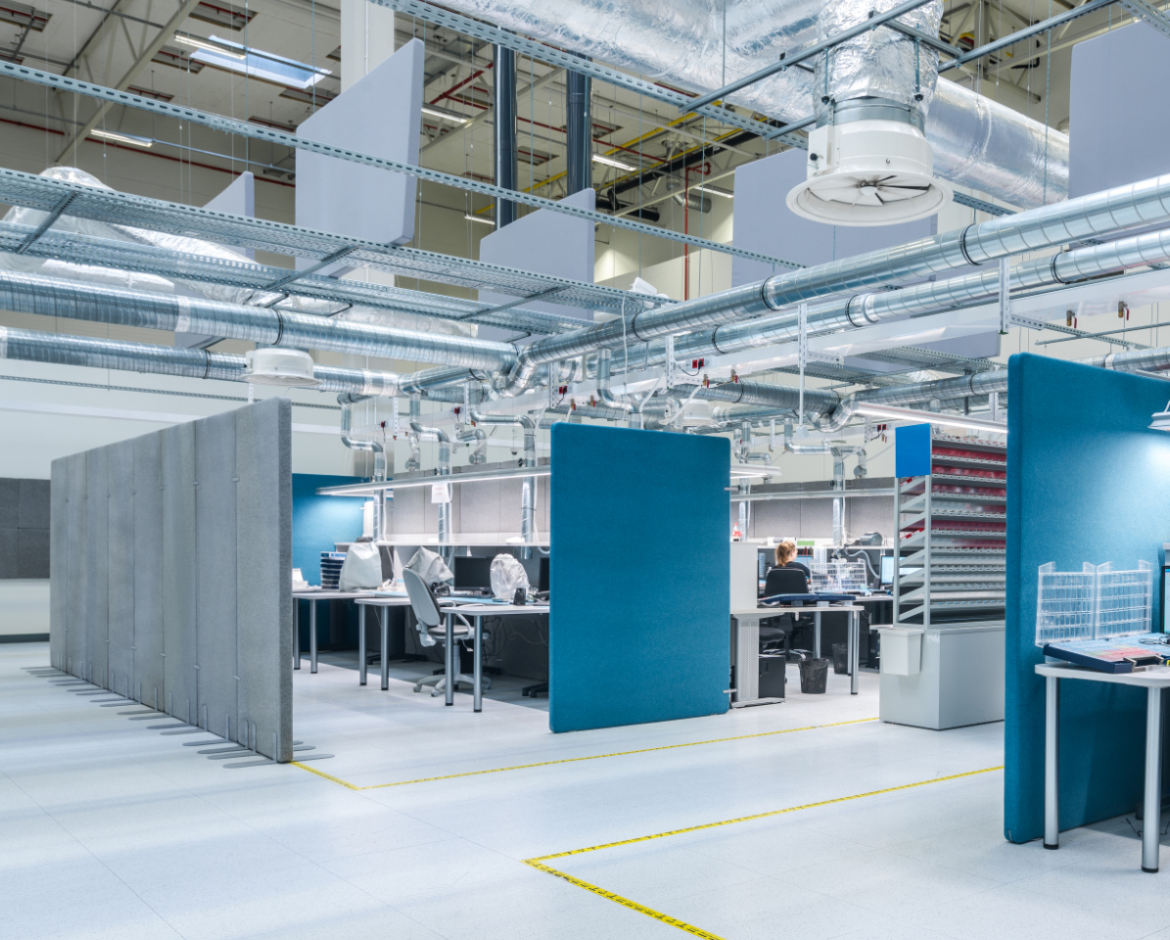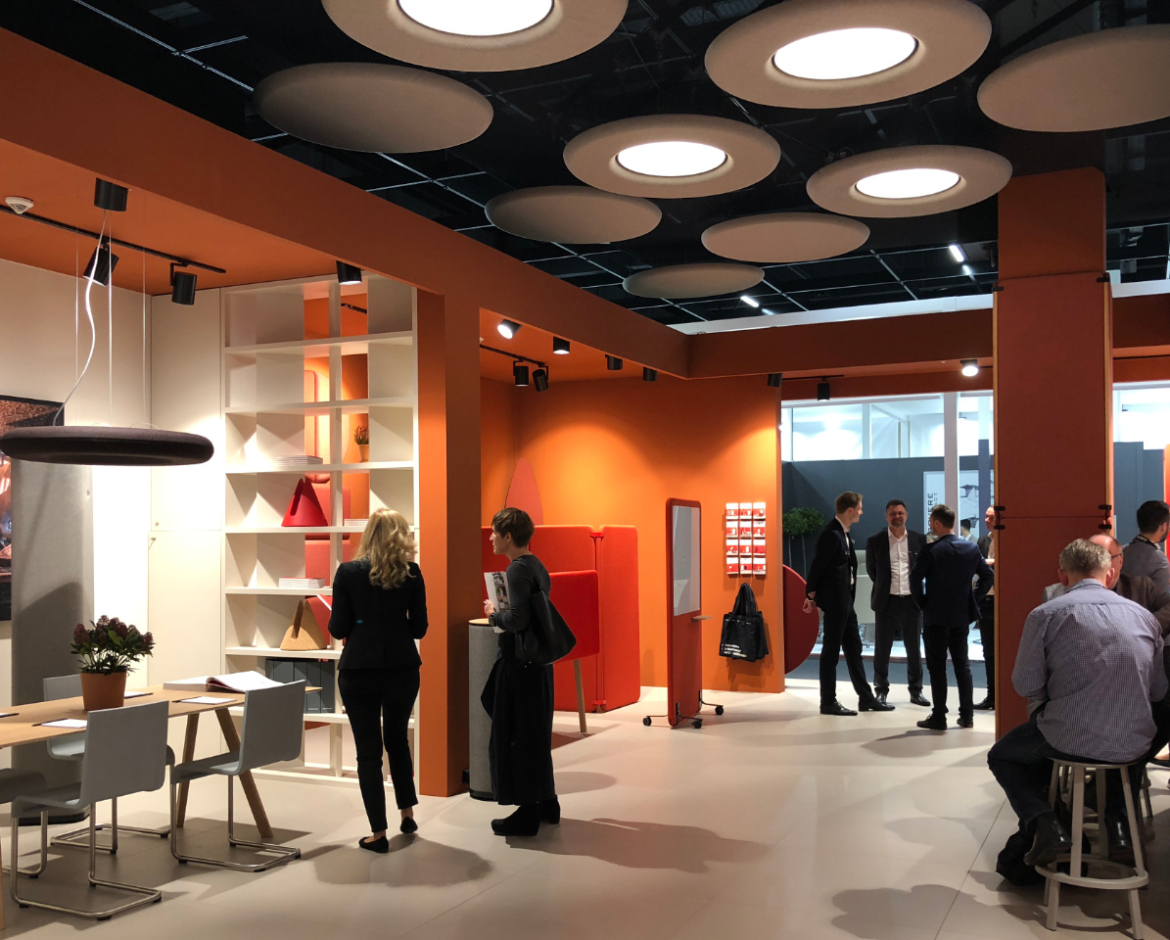Understanding adaptability is key to creating architecture that can evolve with shifting needs. Use our 13-point checklist to evaluate space arrangement solutions and ensure they truly support flexible design.
The Unmatched Value of Adaptability
“Adaptable” and “adaptive” are terms frequently used in architecture, yet their meaning is often unclear. At its essence, adaptability refers to the capacity of a building or interior space to respond and effectively adjust to evolving needs – whether that involves switching functions, enabling relocation, or welcoming new users with different requirements. For instance, an adaptable office space may feature modular walls that can be easily and quickly reconfigured as the team grows.
What makes adaptability especially valuable is that all of these changes can be carried out without costly and extensive renovations, significantly reducing disruption, waste, and resource use. Such flexibility not only embraces more environmentally friendly design, but also extends the lifecycle of buildings and interiors by optimizing space use
and eliminating the need for new constructions. As a result, they can thrive in the ever-changing world.
By allowing spaces to grow and transform alongside their users, adaptable solutions guarantee long-lasting functionality, making it a smart investment for both business owners and occupants. This approach aligns with a commitment to sustainable innovation that respects both people and the planet.
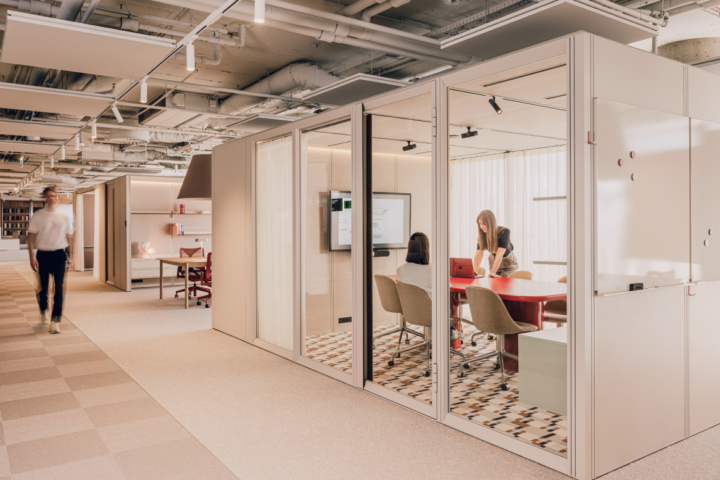
Adaptability Checklist: The Practical Toolkit
Terms like “adaptable,” “flexible,” and “ever-changing” frequently appear in product descriptions and promotional materials. But what do they truly mean in practice? How can you distinguish between real-world functionality and mere marketing jargon?
To help you evaluate whether a product or solution truly lives up to its adaptability claims, we’ve developed a concise, practical guide. This toolkit includes 13 targeted questions designed to test how well a product or system aligns with the principles of genuine adaptability.
These questions are grounded in five key adaptability criteria proposed by Professor Robert Schmidt III in his book “Adaptable Architecture: Theory and Practice,” as well as our own extensive experience reshaping thousands of workspaces in recent years.
Use this checklist to confidently assess the solutions you’re considering—and ensure your designs remain resilient, flexible, and ready for future needs.
Download our Adaptability Checklist and Make the Most Informed Decision
We believe this toolkit will empower you to make smarter, more informed choices when selecting office solutions that truly support flexibility and future-proof your workspace.
Most of the information you need to complete the checklist can be found in official product descriptions and technical sheets. For more detailed or specific information, you may need to contact the manufacturer and ask specific questions.
Download the full adaptability checklist here.
Want to learn more about adaptable architecture? Download the entire report “Adaptable Workspaces”.
You might also like
Infrastructure Giant VINCI Energies Revamps Office with Mute Modular
Future-Proofing Properties: Adaptability in Commercial Real Estate Market
Neuroarchitecture in the Workplace: How Space Can Affect Performance and Comfort
Sounds Like Change – Inside the New Spectacular CANPACK Workspace
Back to Basics: 3 Golden Rules to Follow While Buying Acoustic Pods
Glass Never Sounded Better – Inside the Marvelous Wutkowski Office
Eudaimonia Machine – What Does an Ideal “Deep Work” Office Look Like?
How Trzop Architekci Brought Silence and Tranquility to the L’Oreal Office
How the Pandemic Helped Us Realize What the Perfect Workspace Looks Like
Well-Being Boosters: 4 Reasons to Improve the Acoustics in Your Office
How Widex Boosted Their Quality Index Up to 98% with Top Acoustic Solutions
How Widex Boosted Their Quality Index Up to 98% with Top Acoustic Solutions
Be the first to know!
Join our newsletter and keep your inbox energized!
Don’t miss out on product launches and all major updates concerning our offers.
